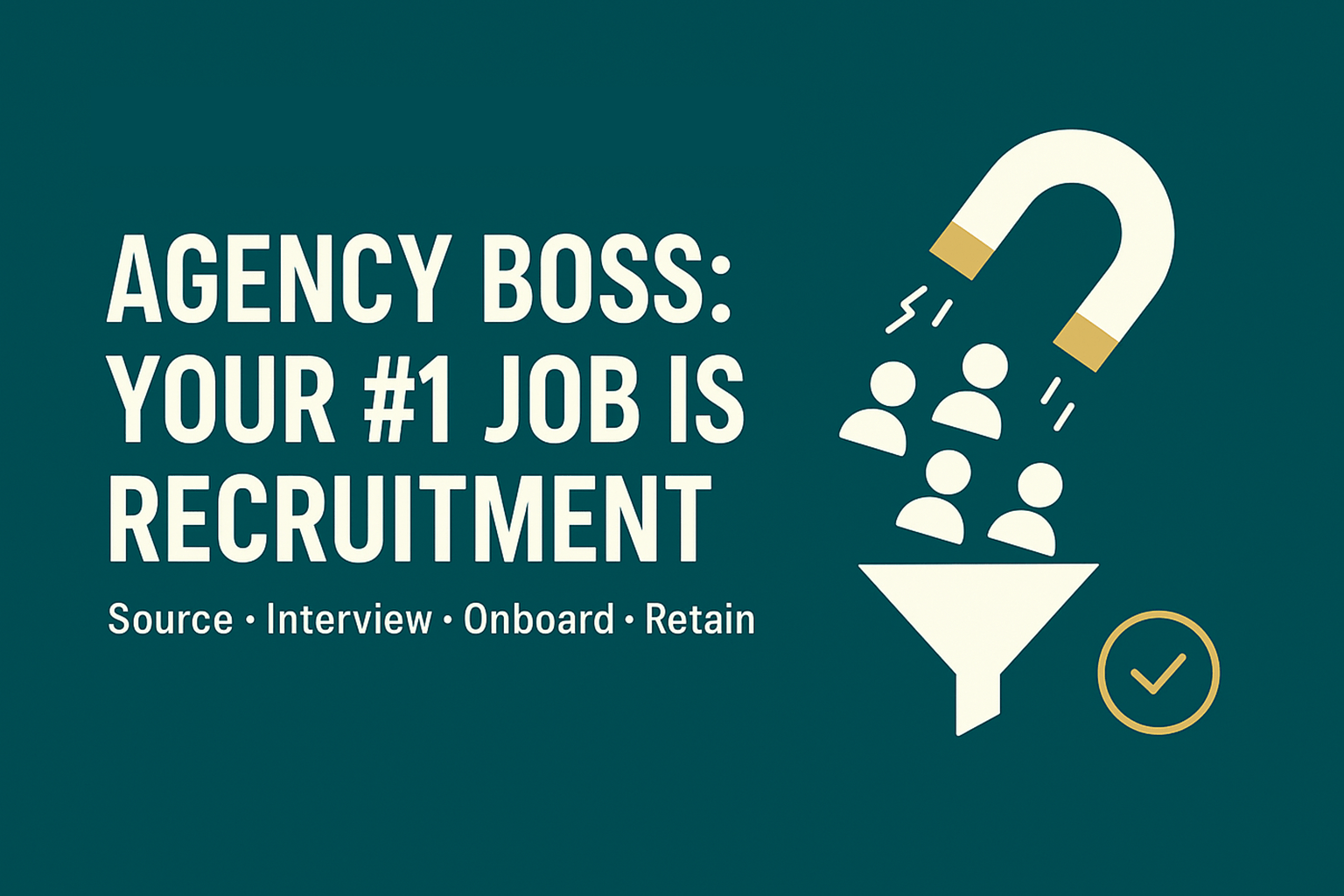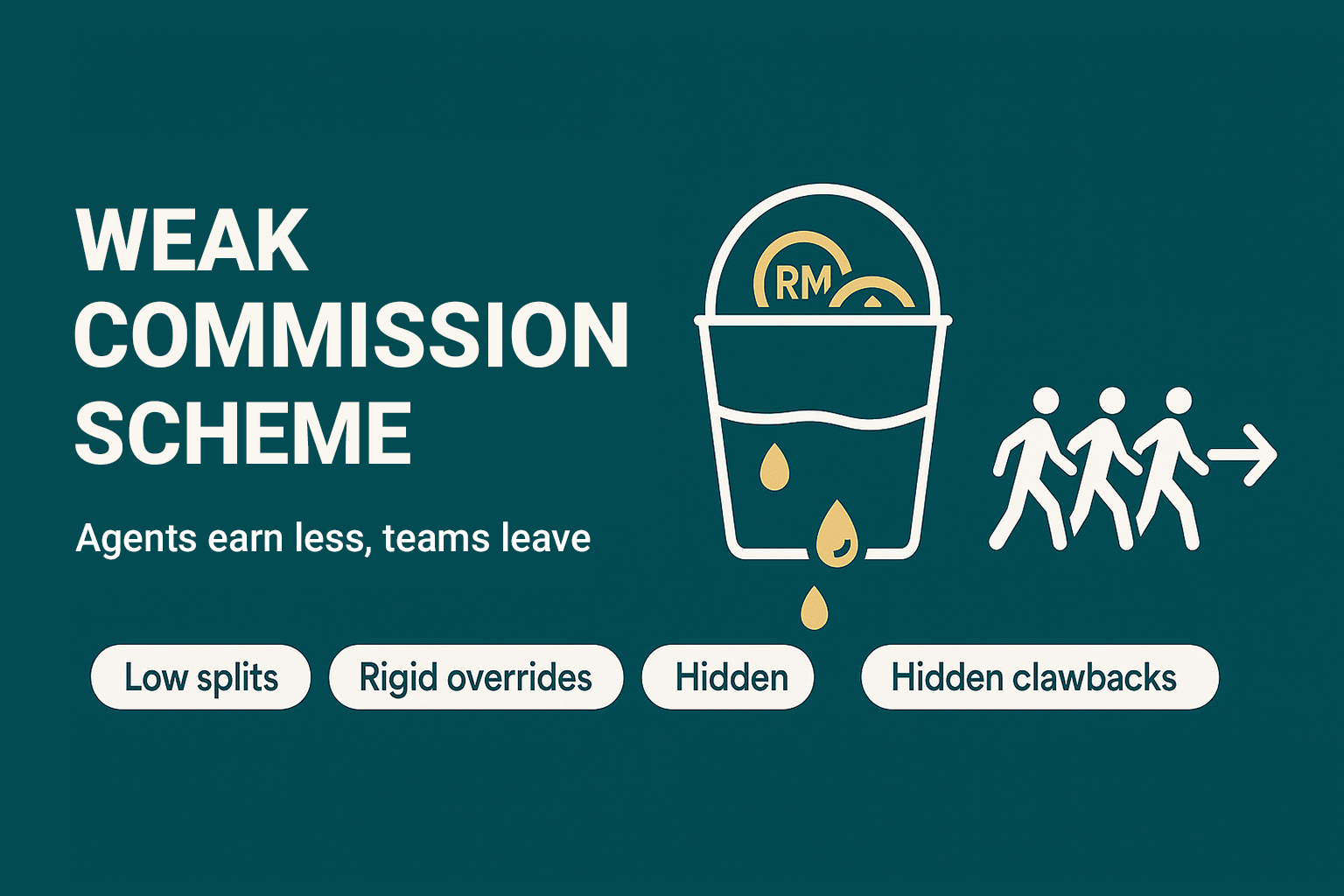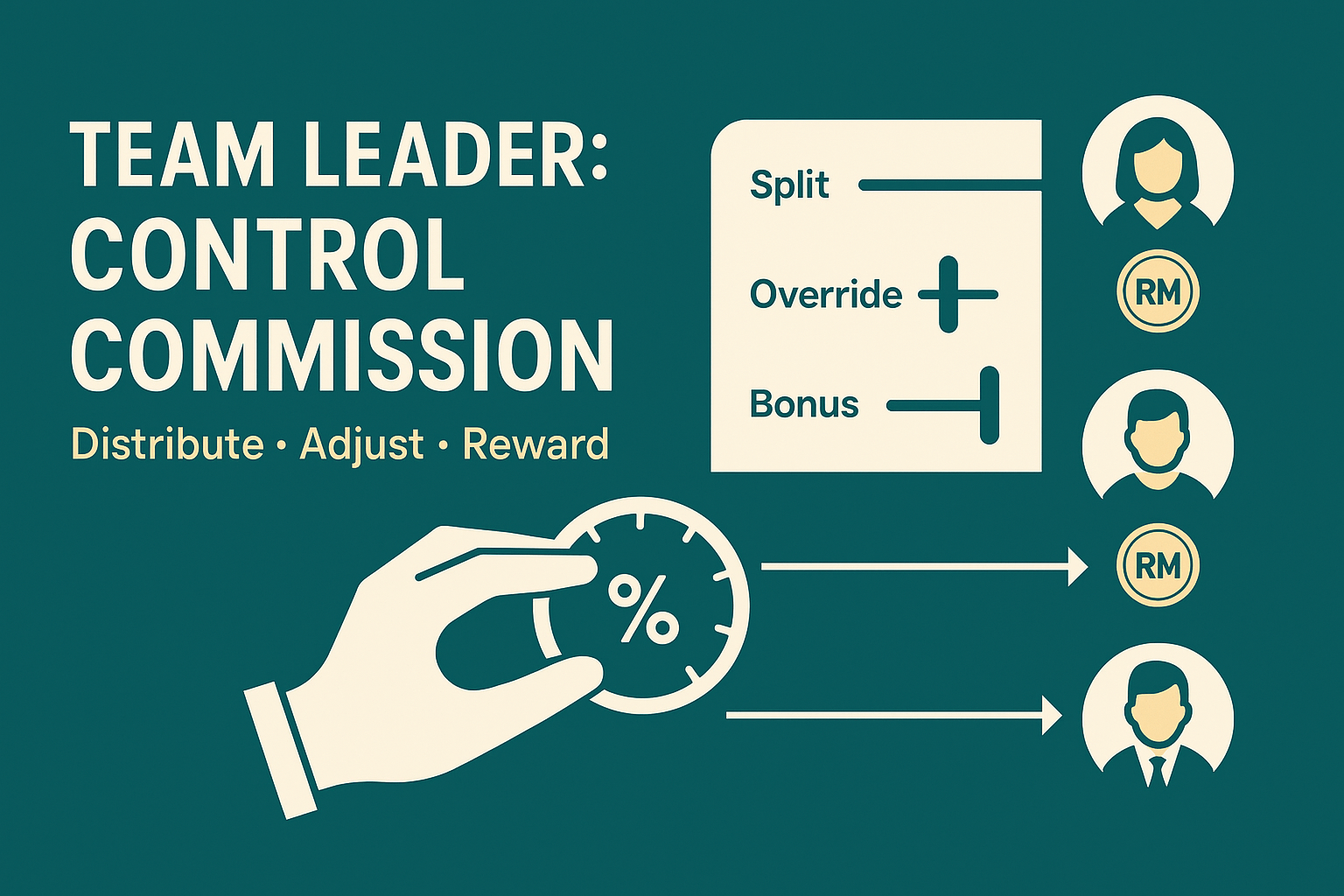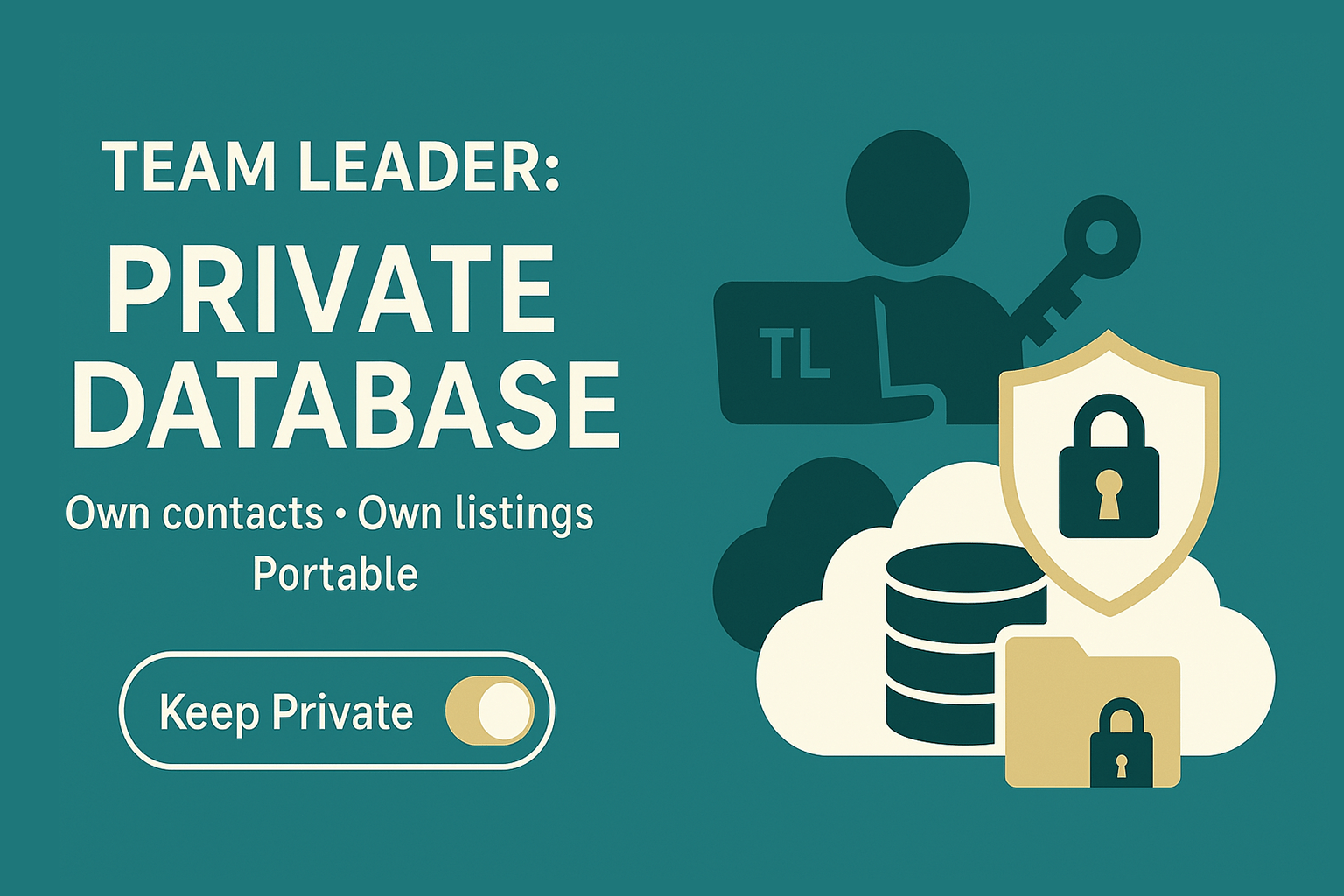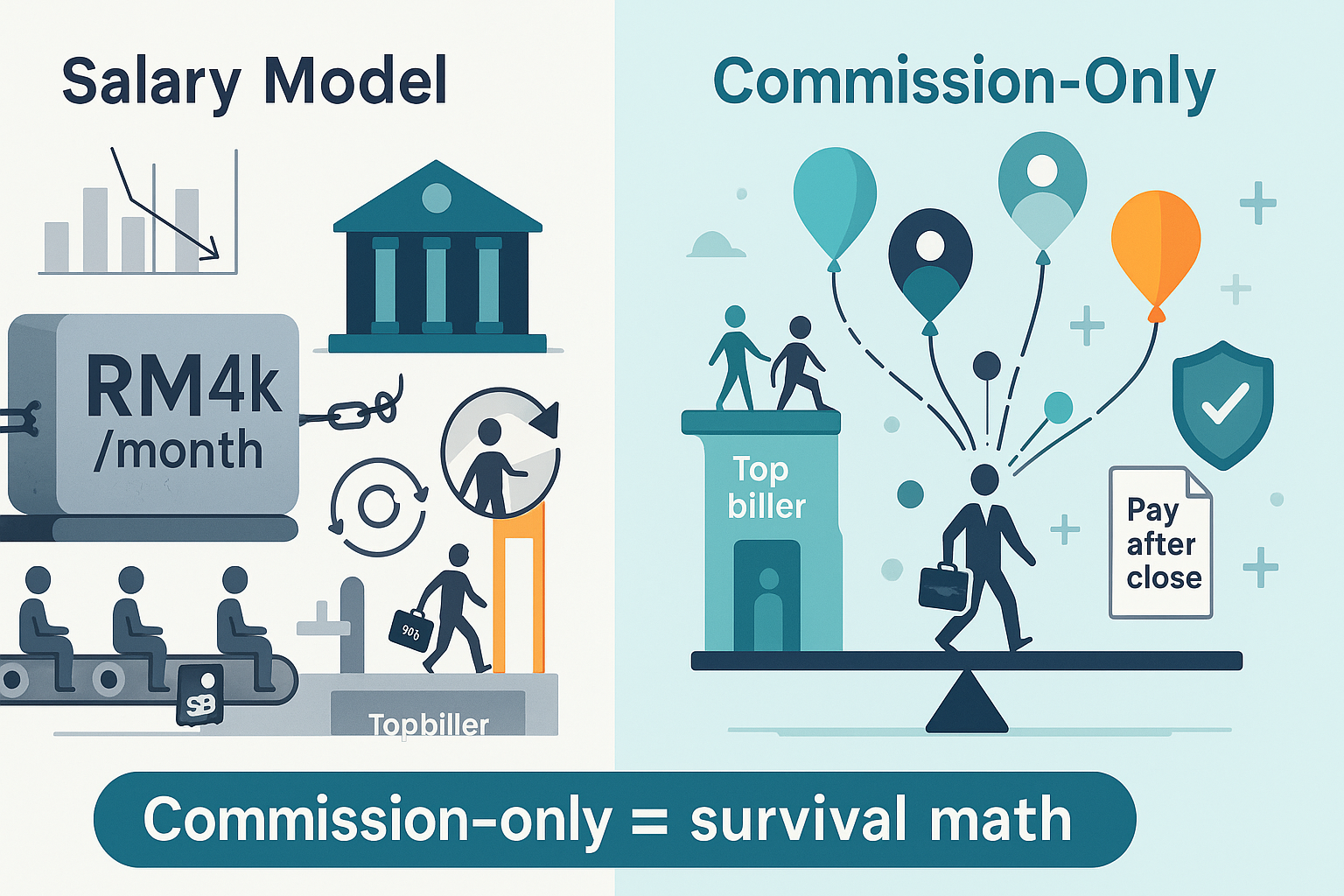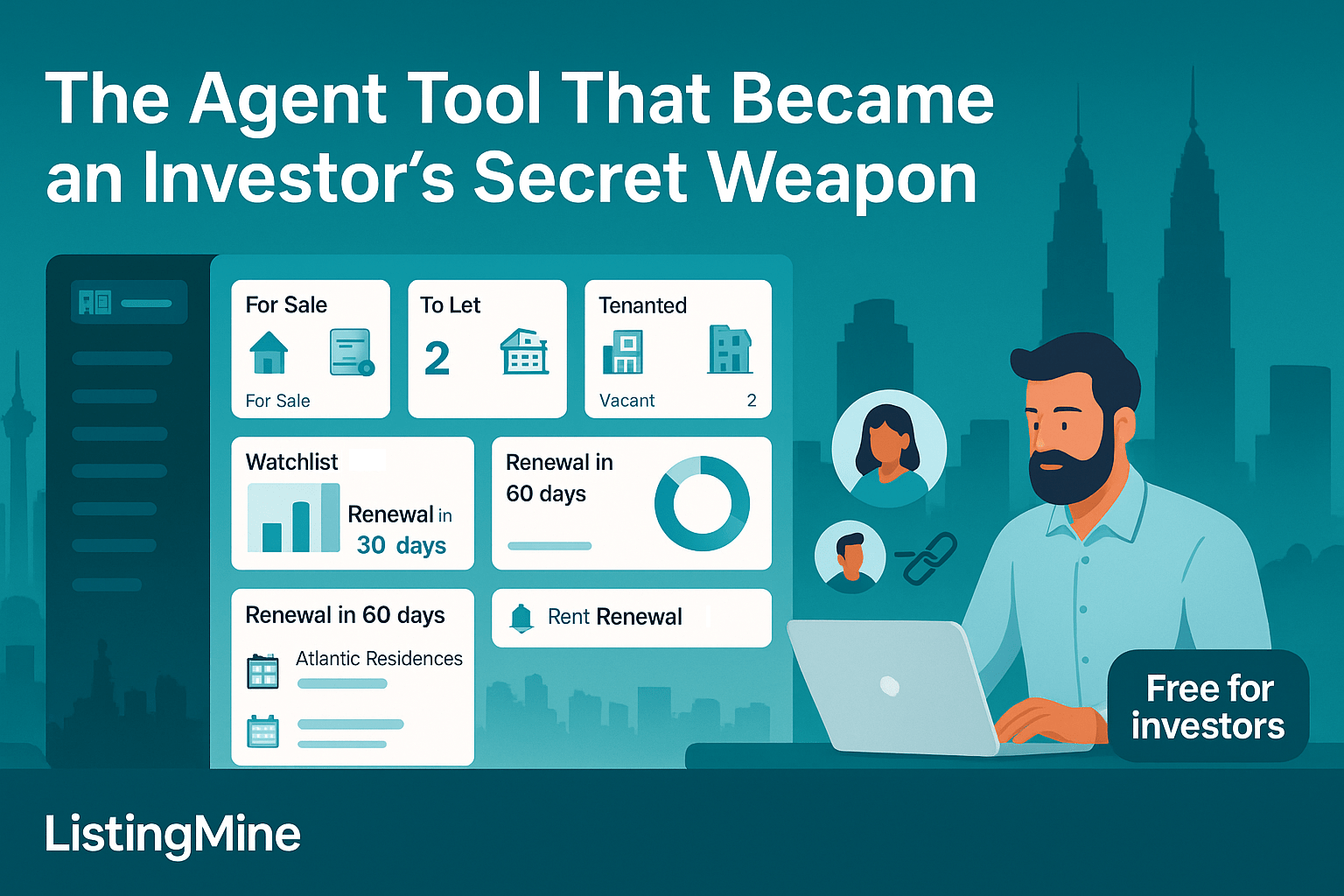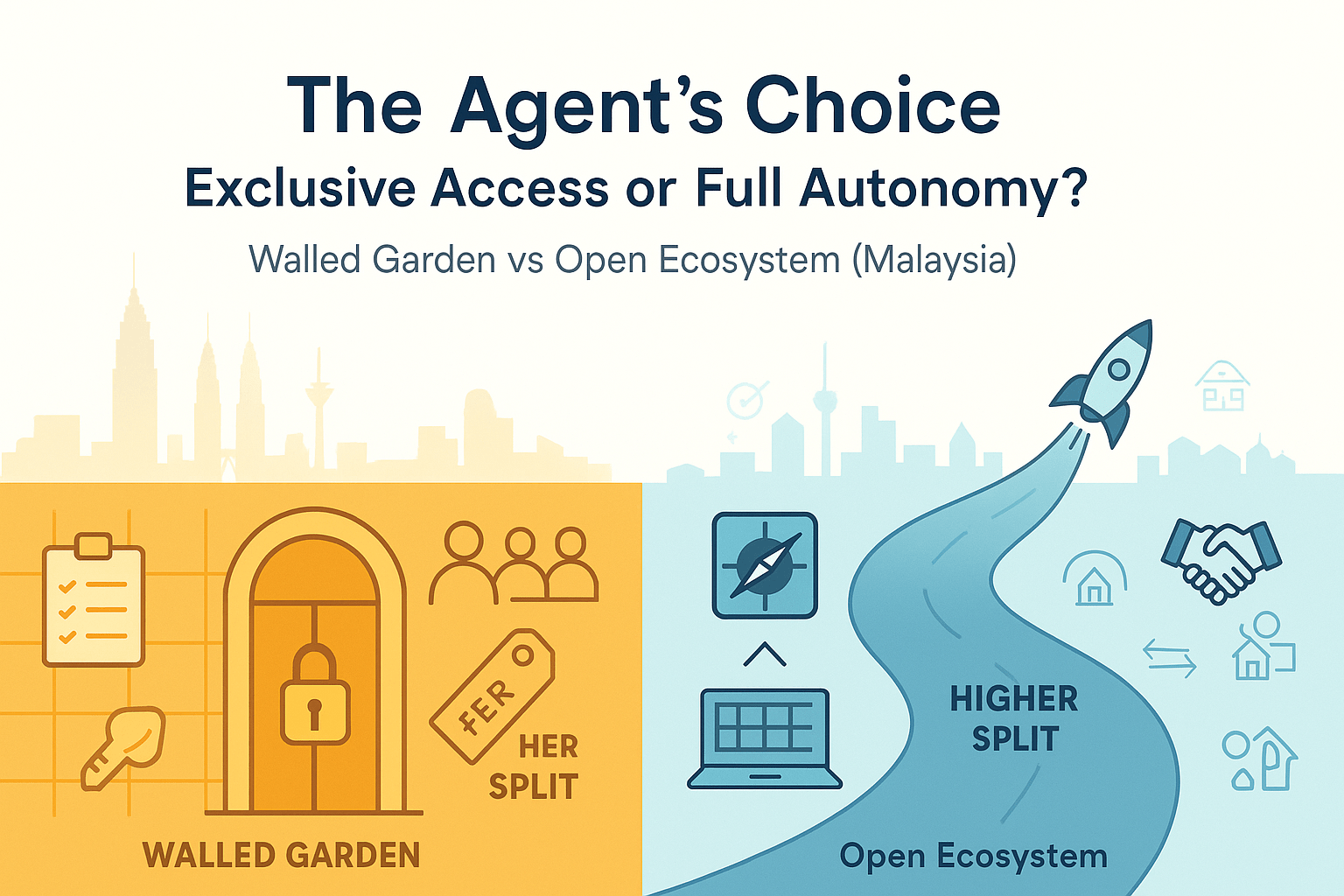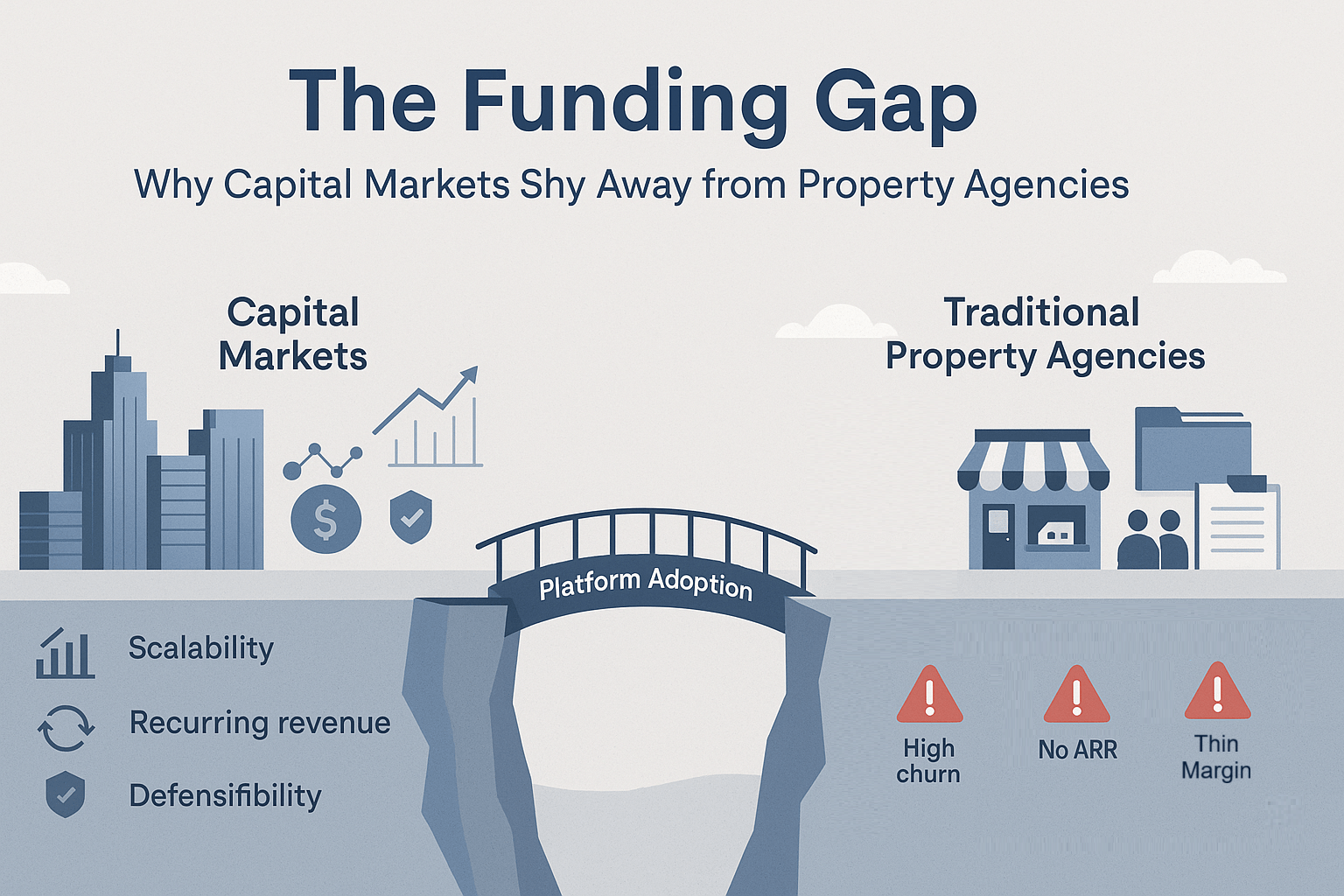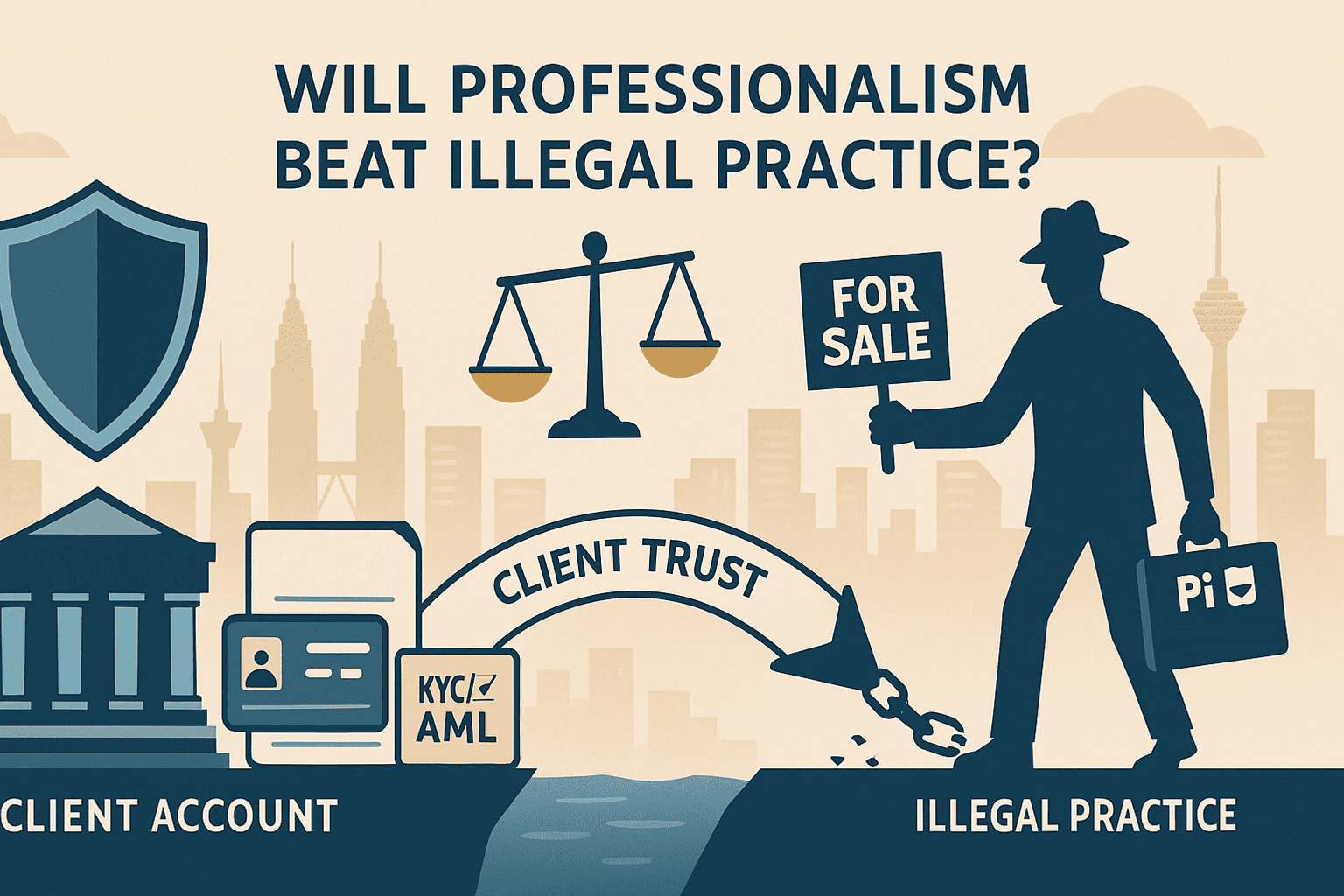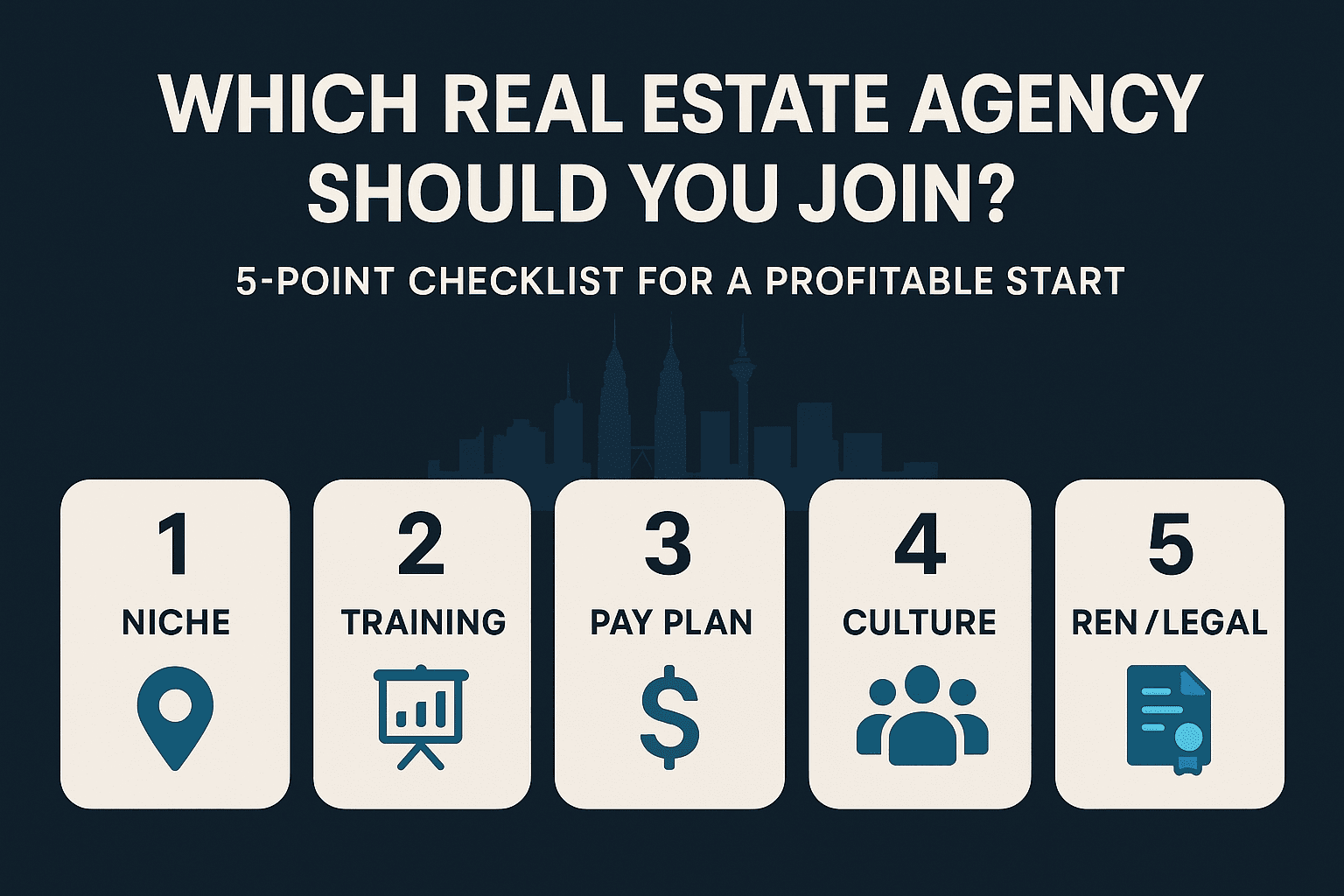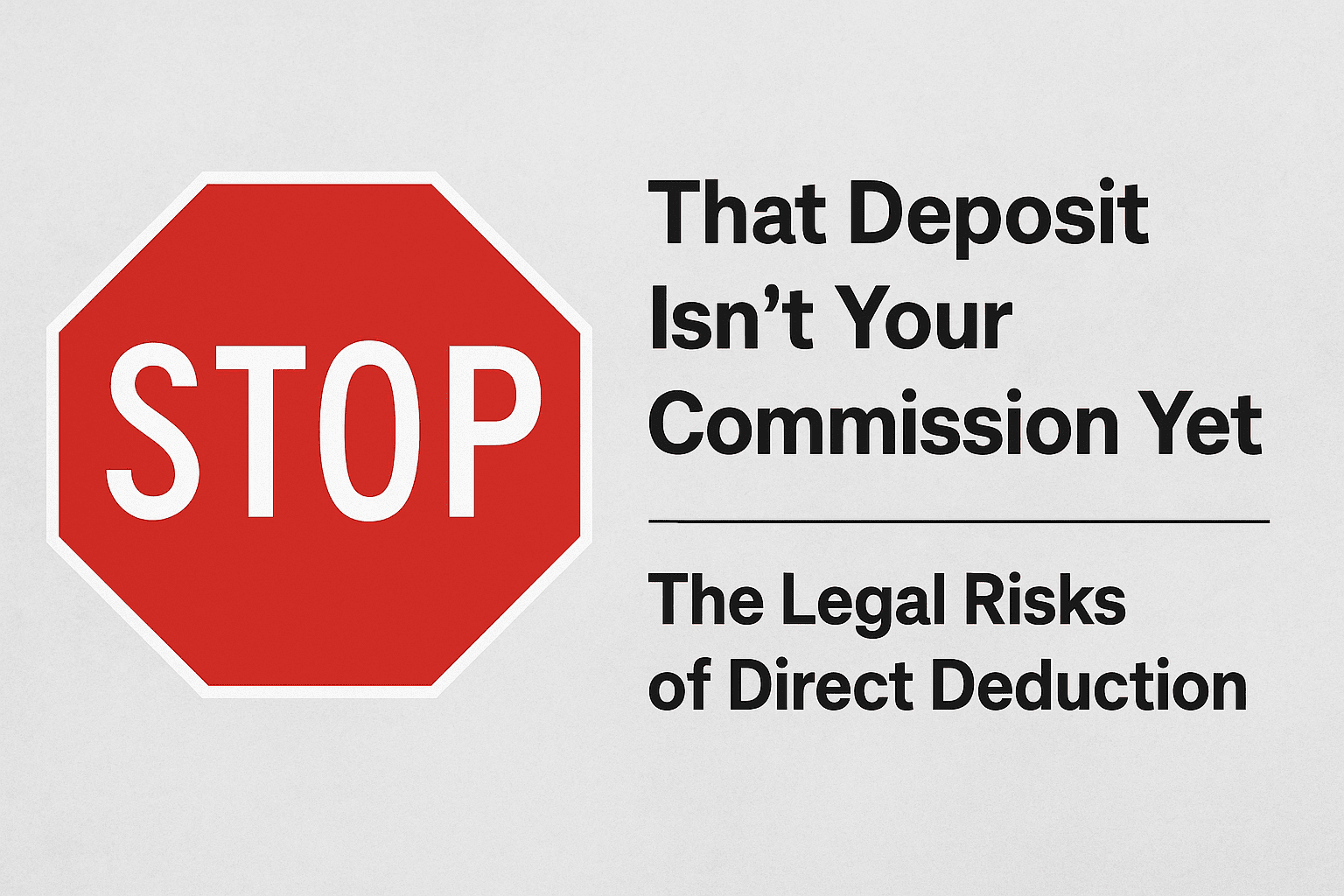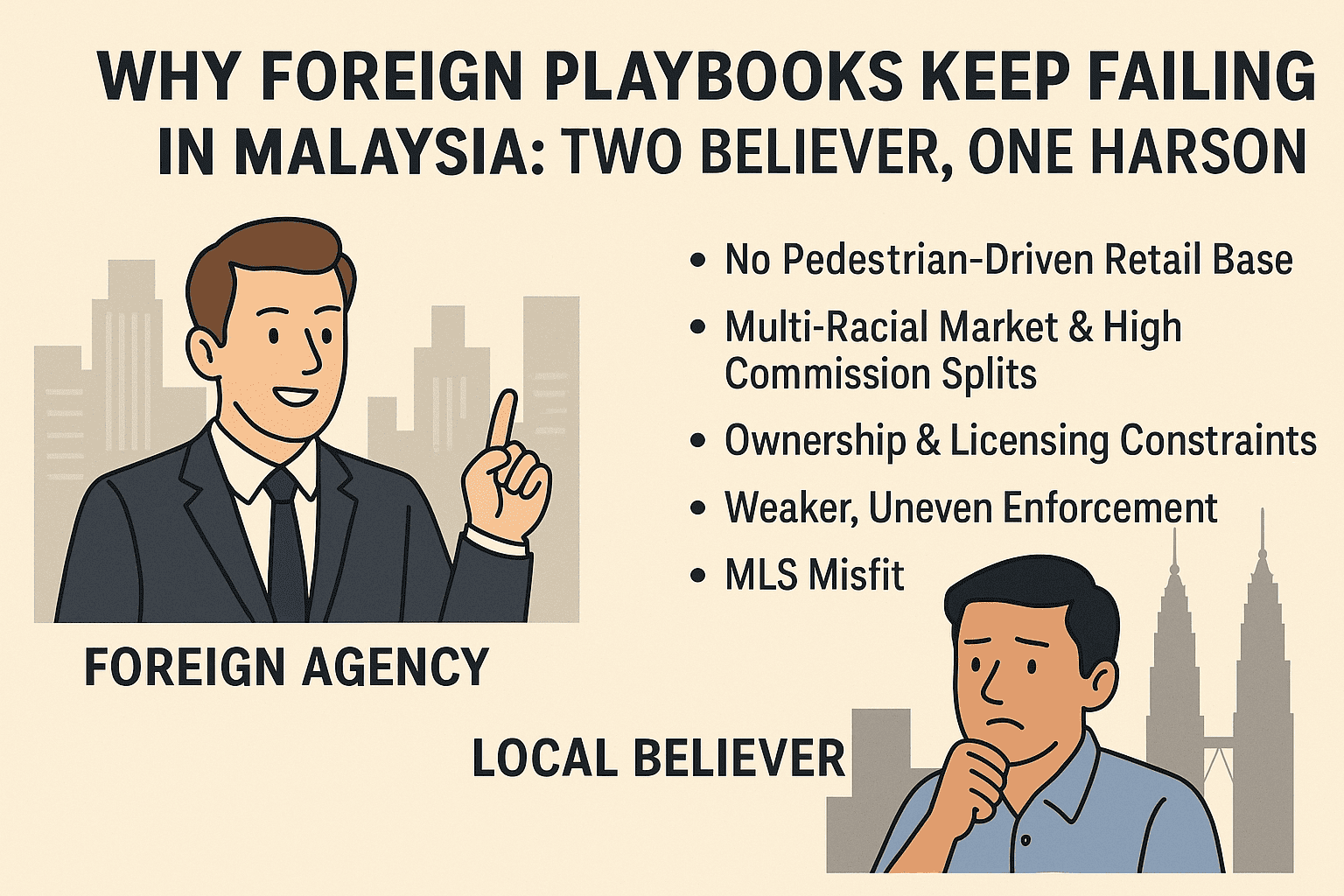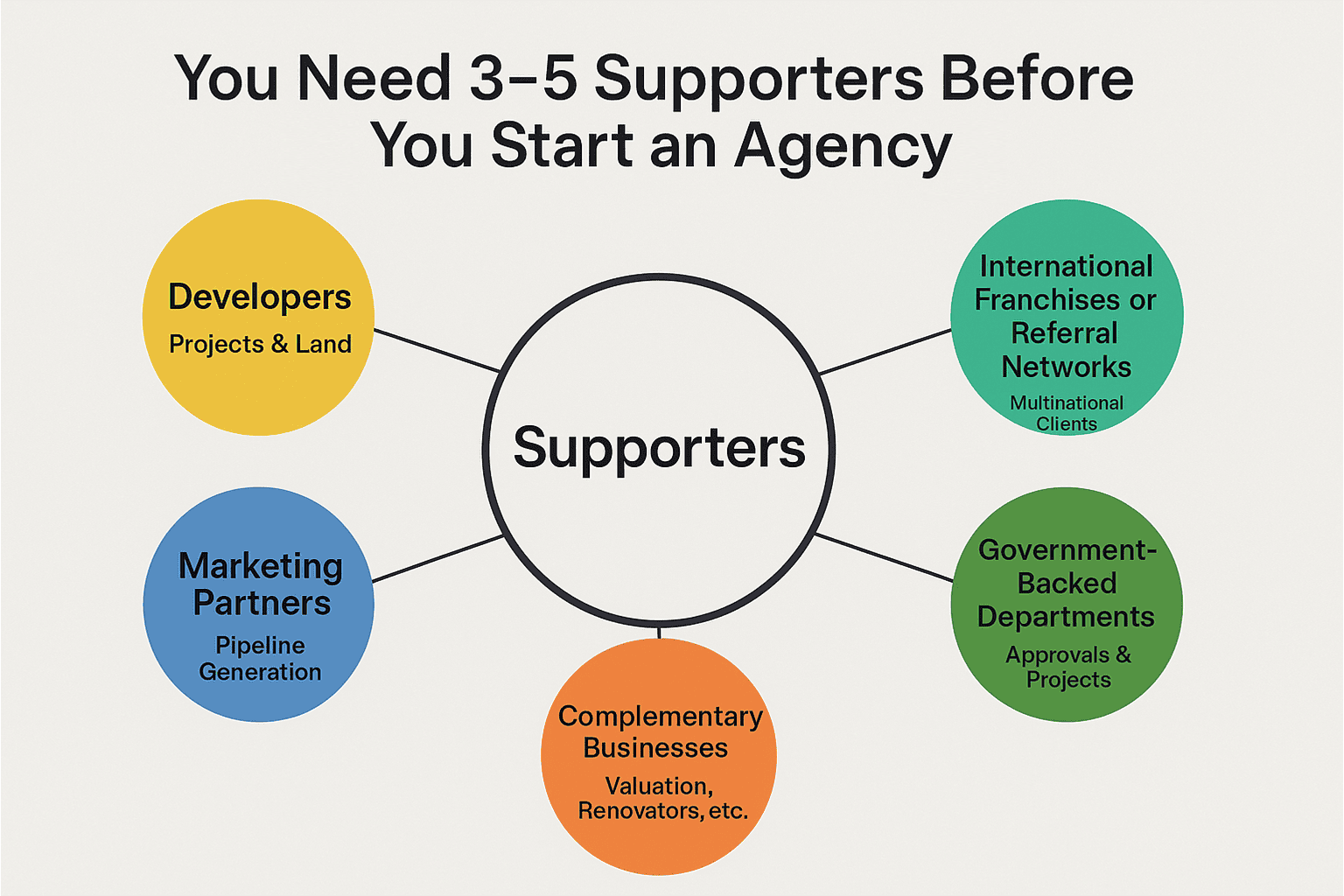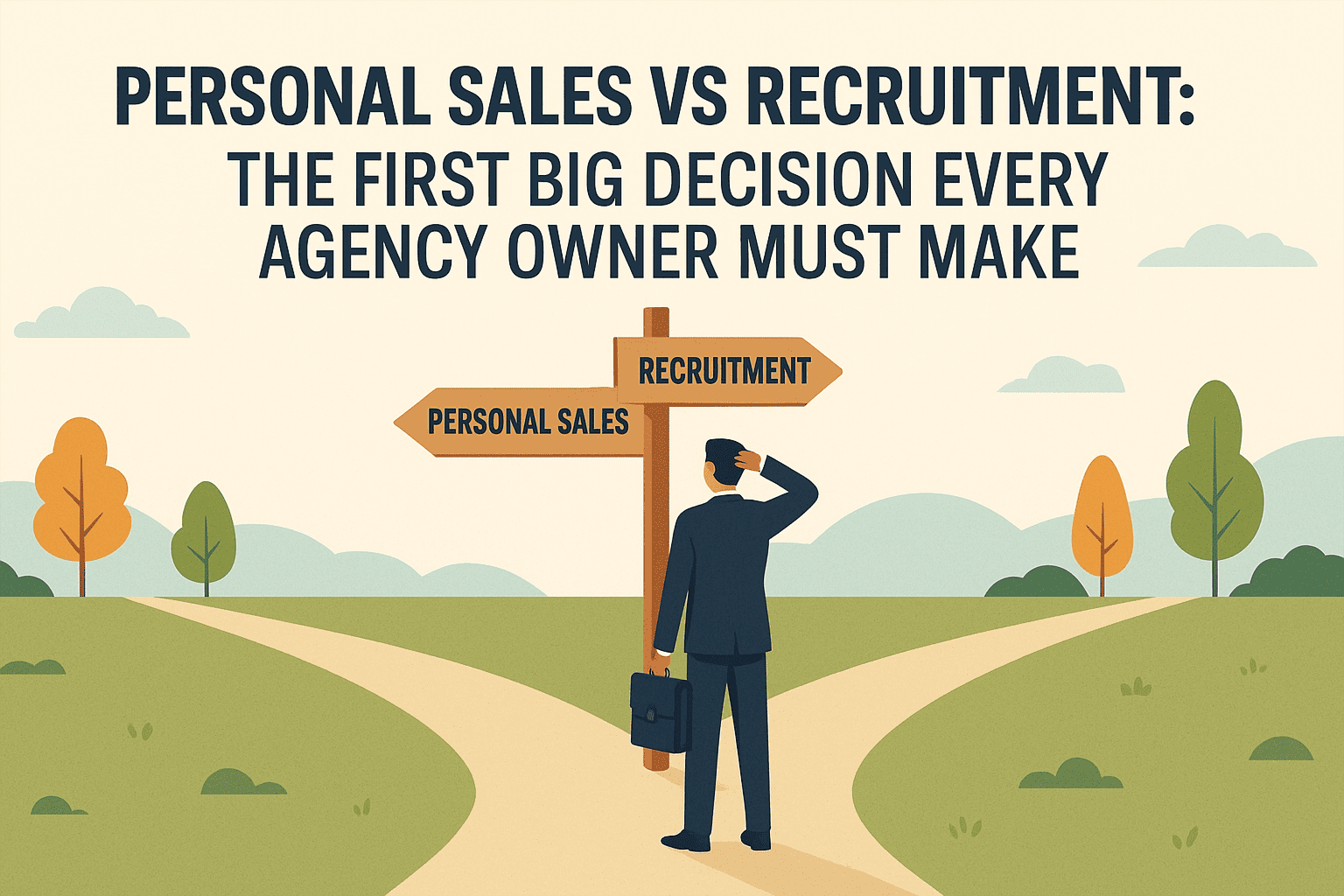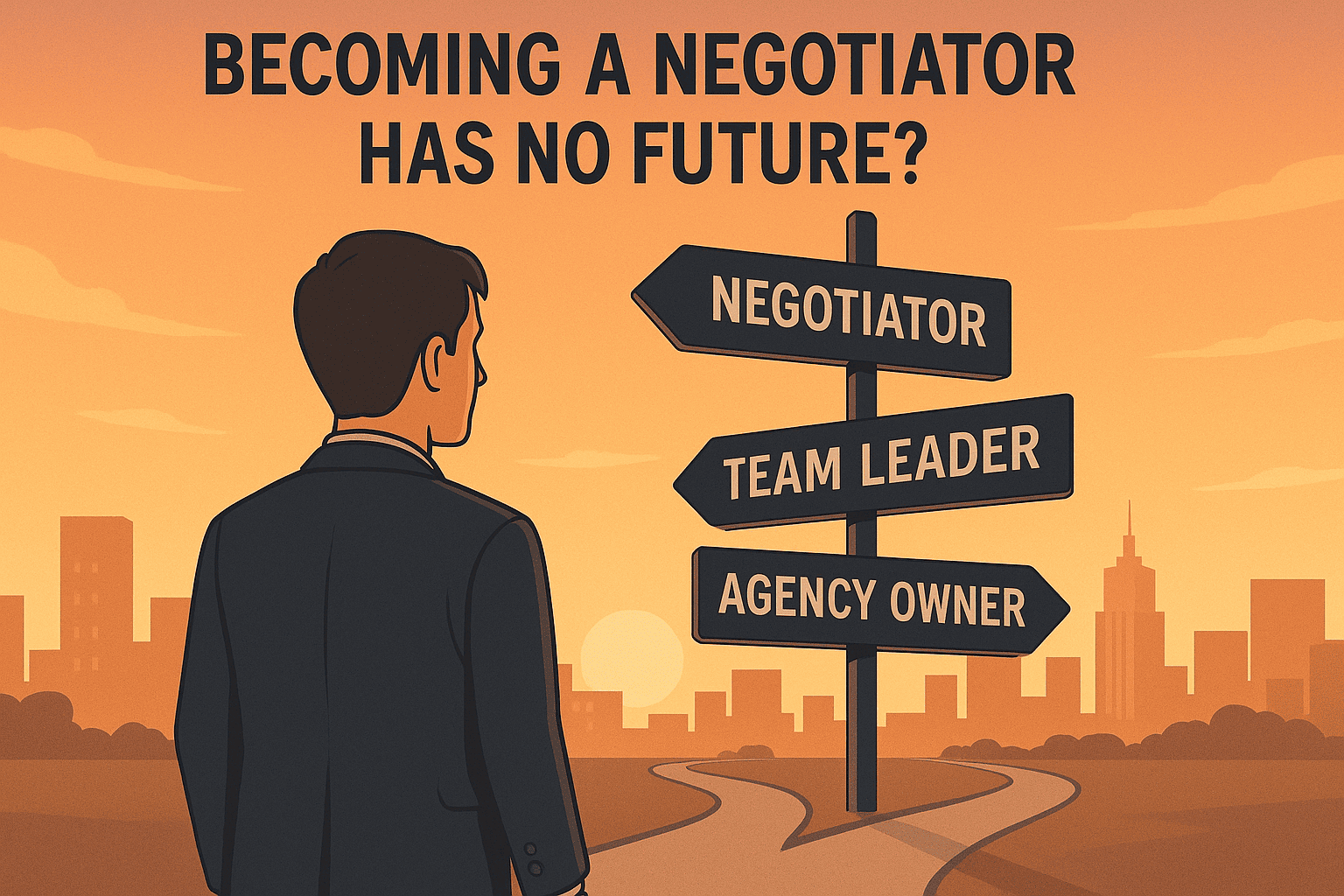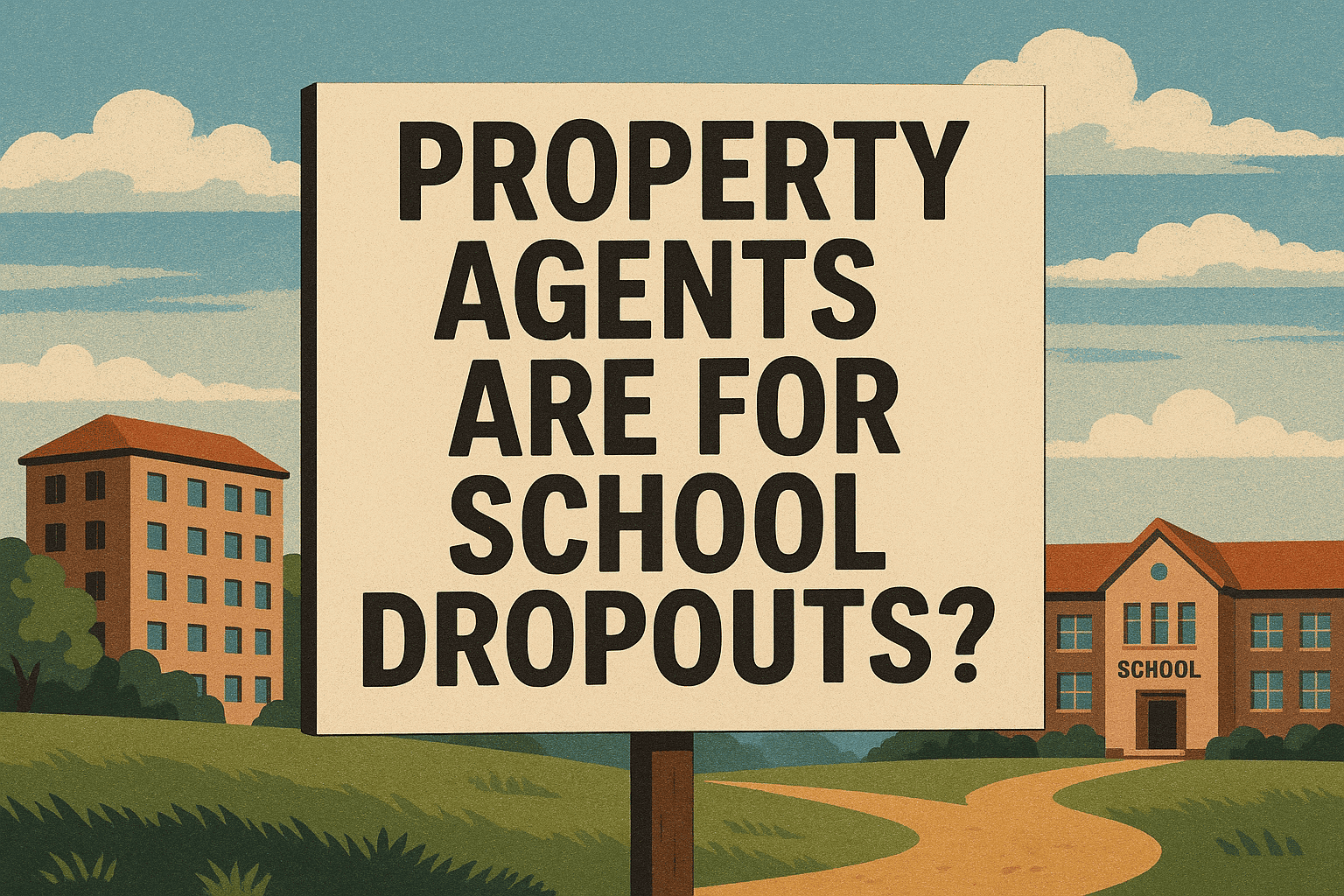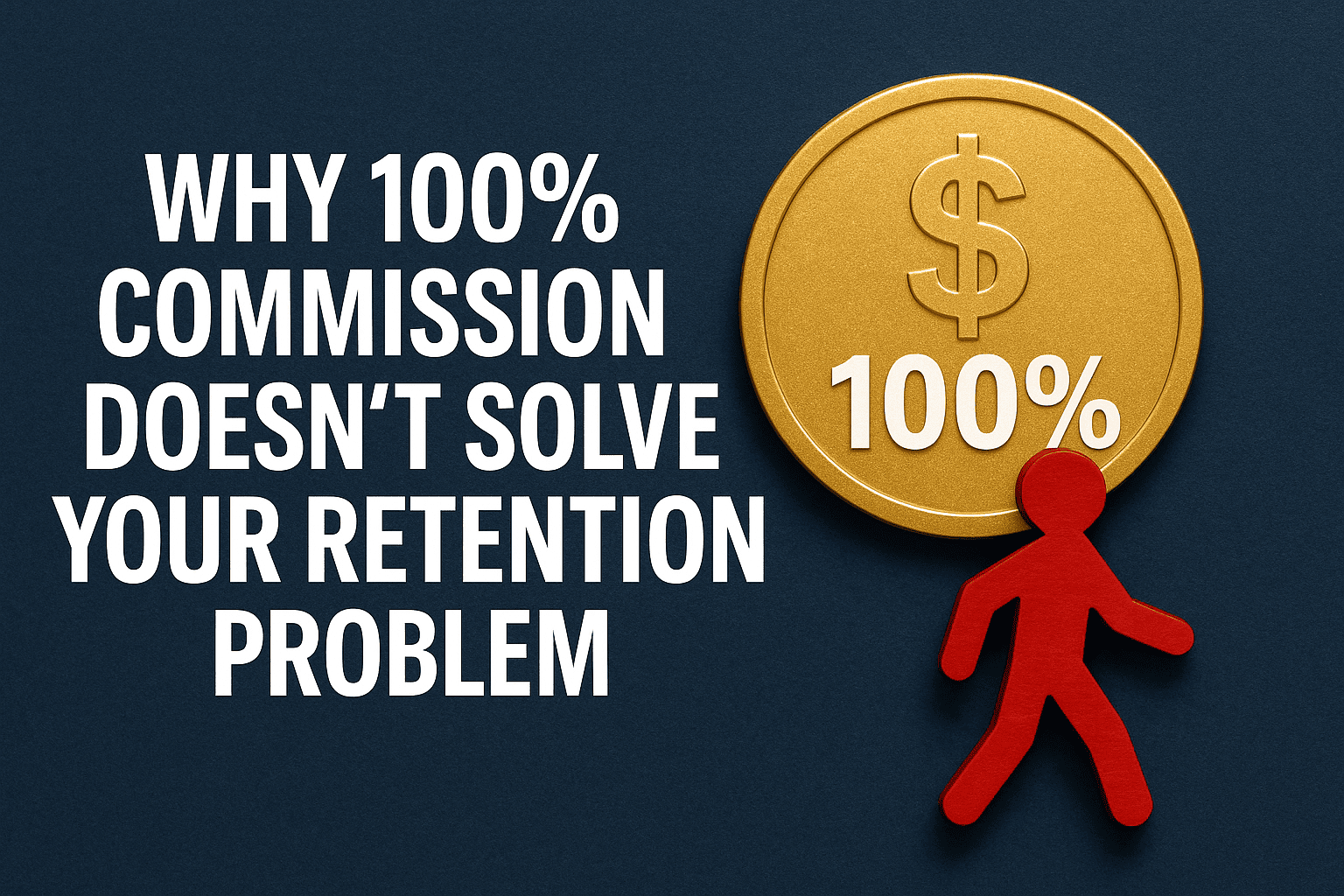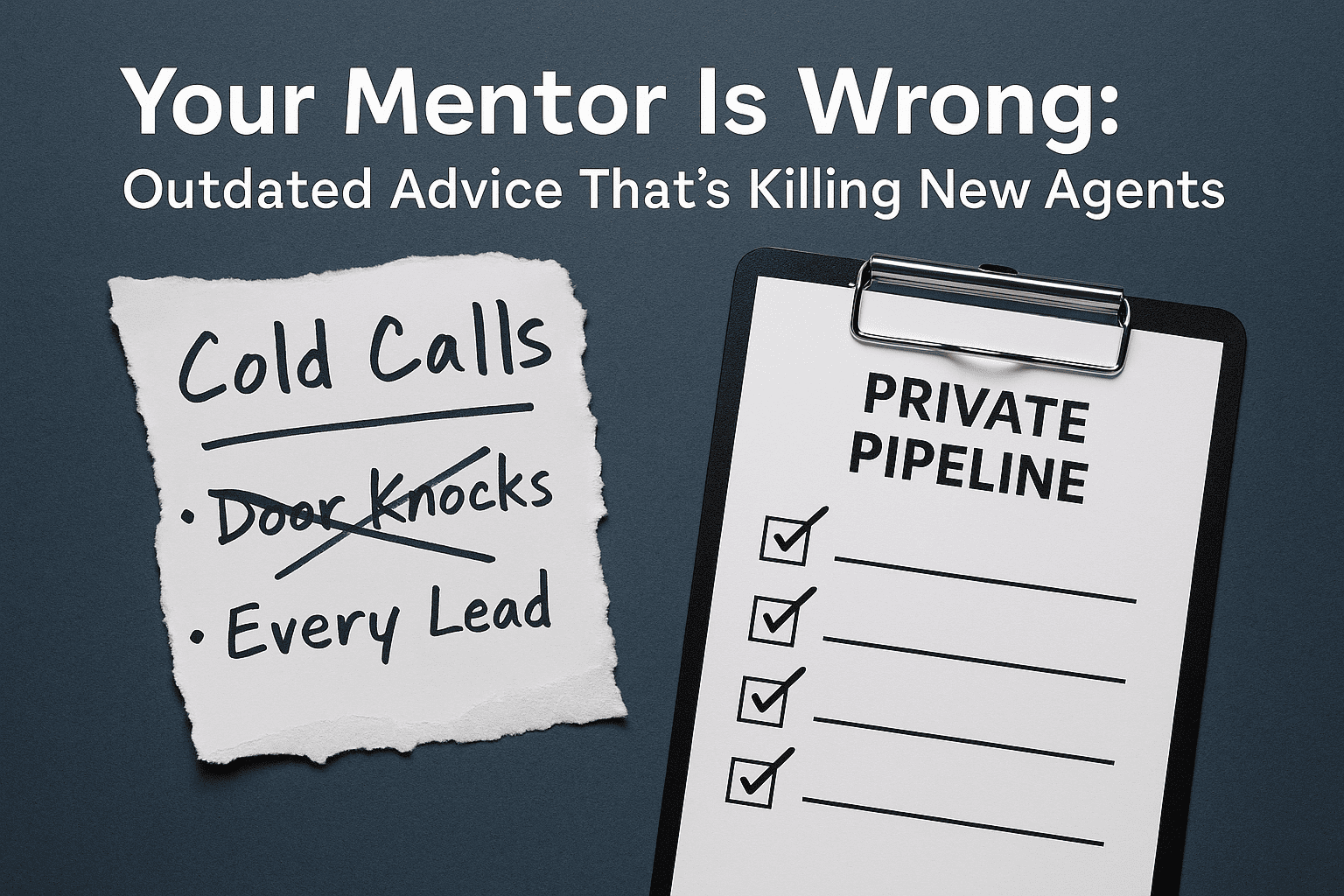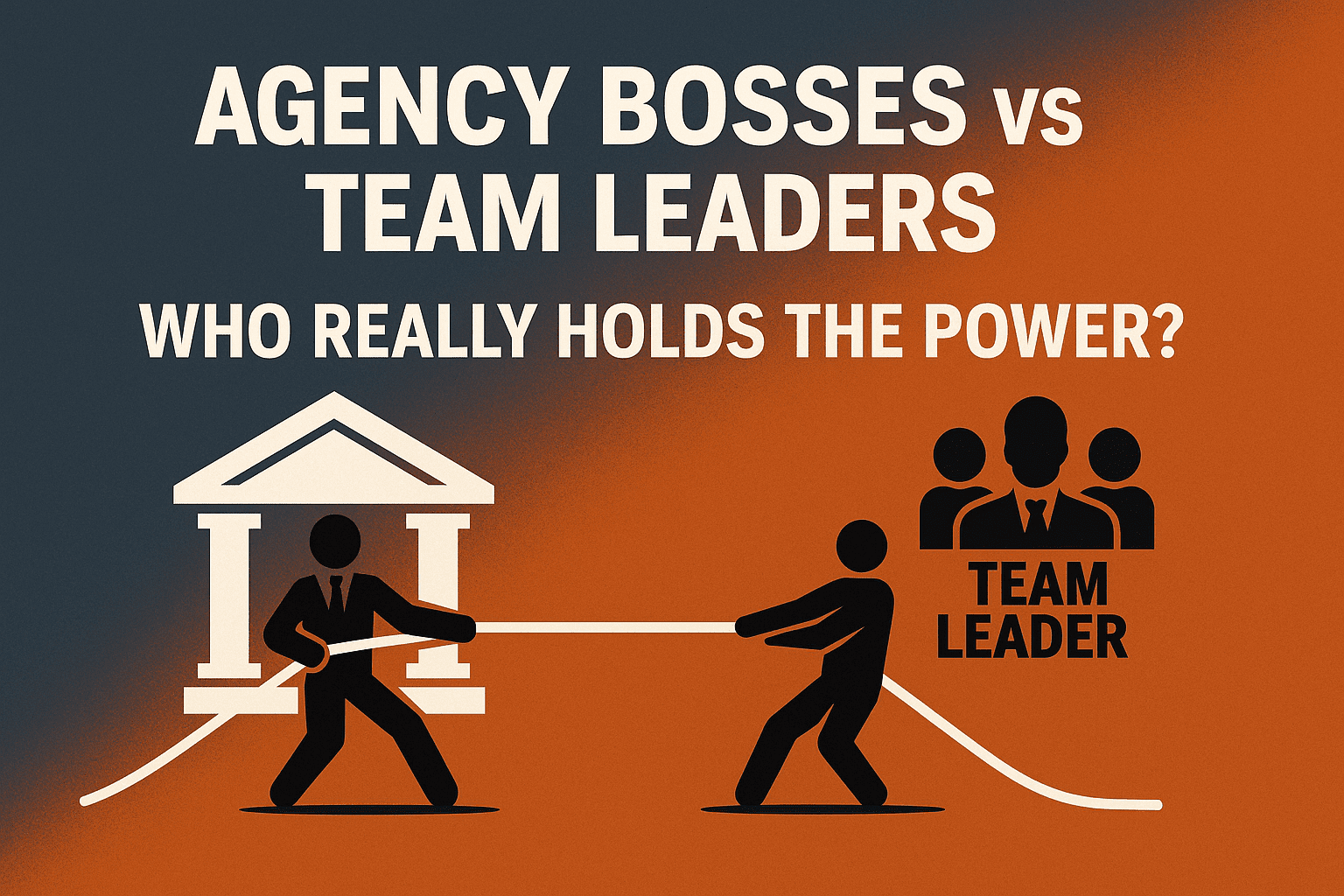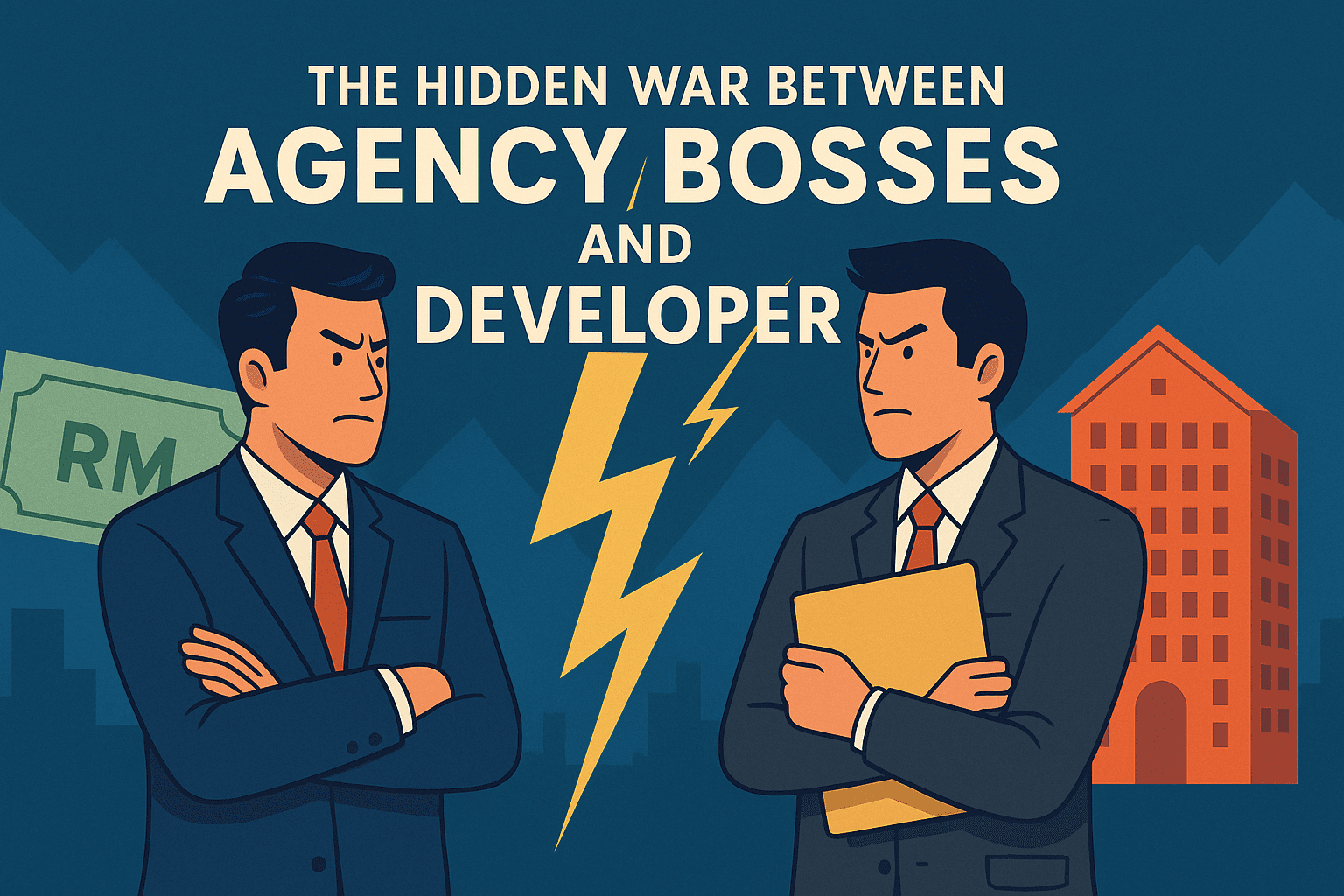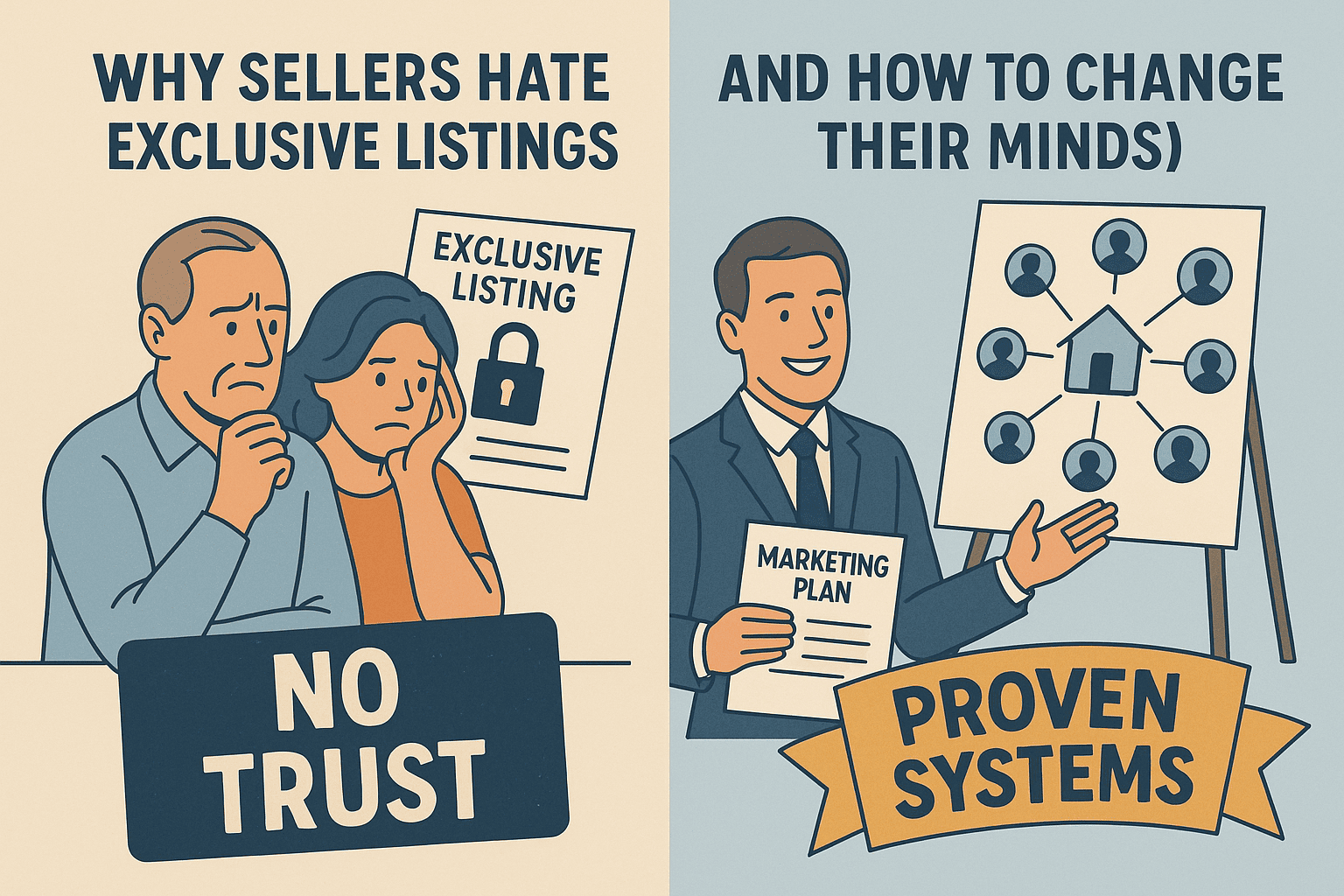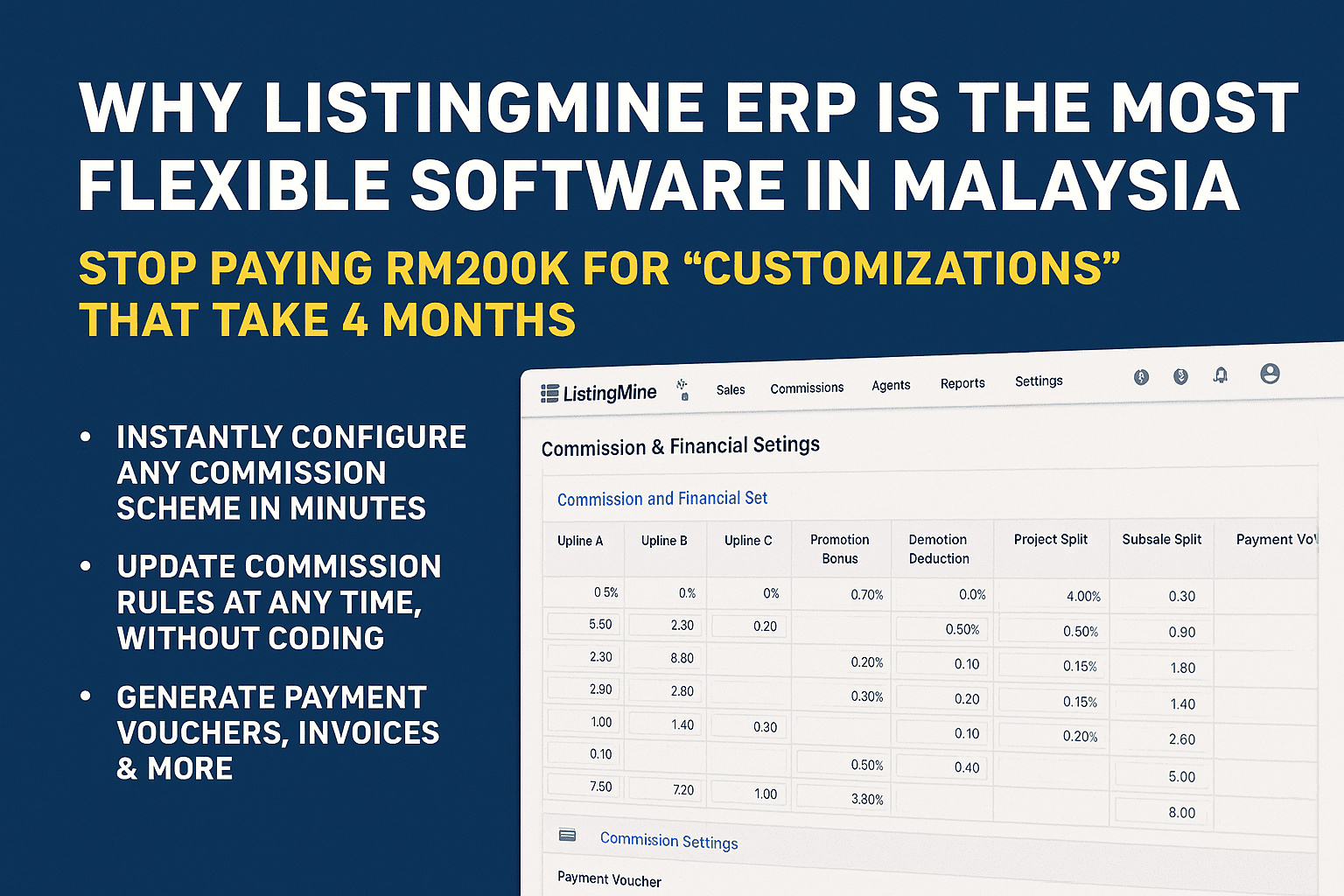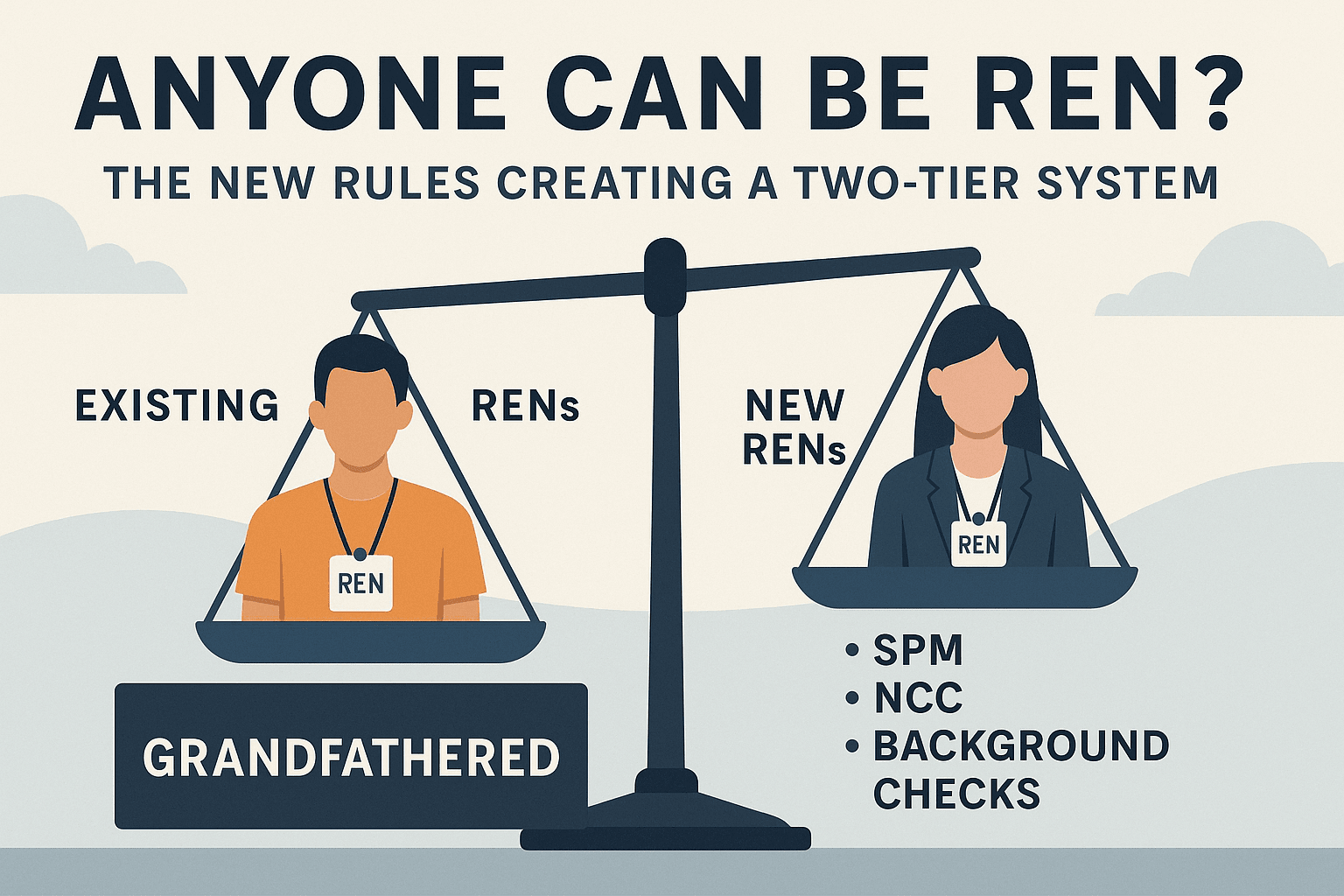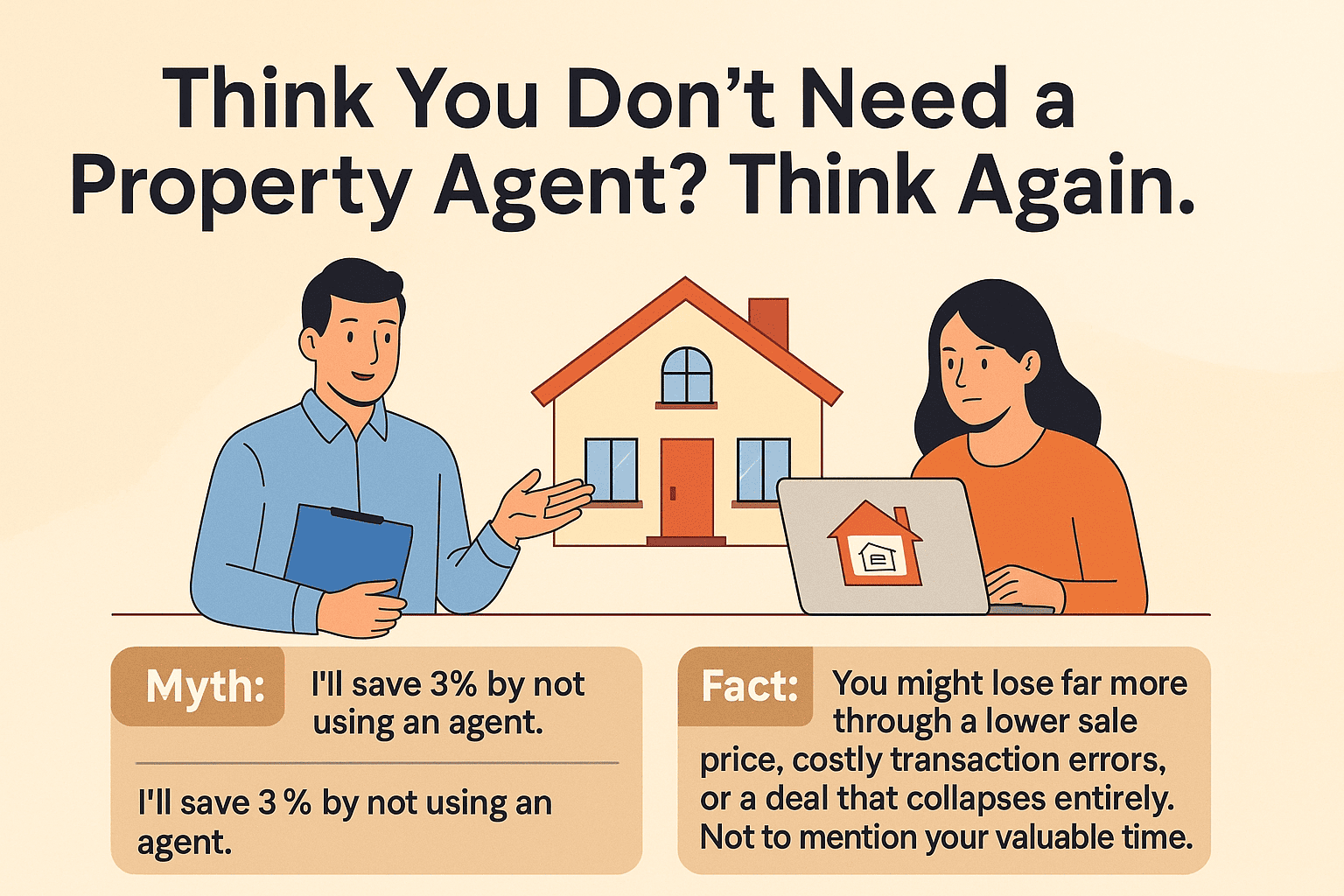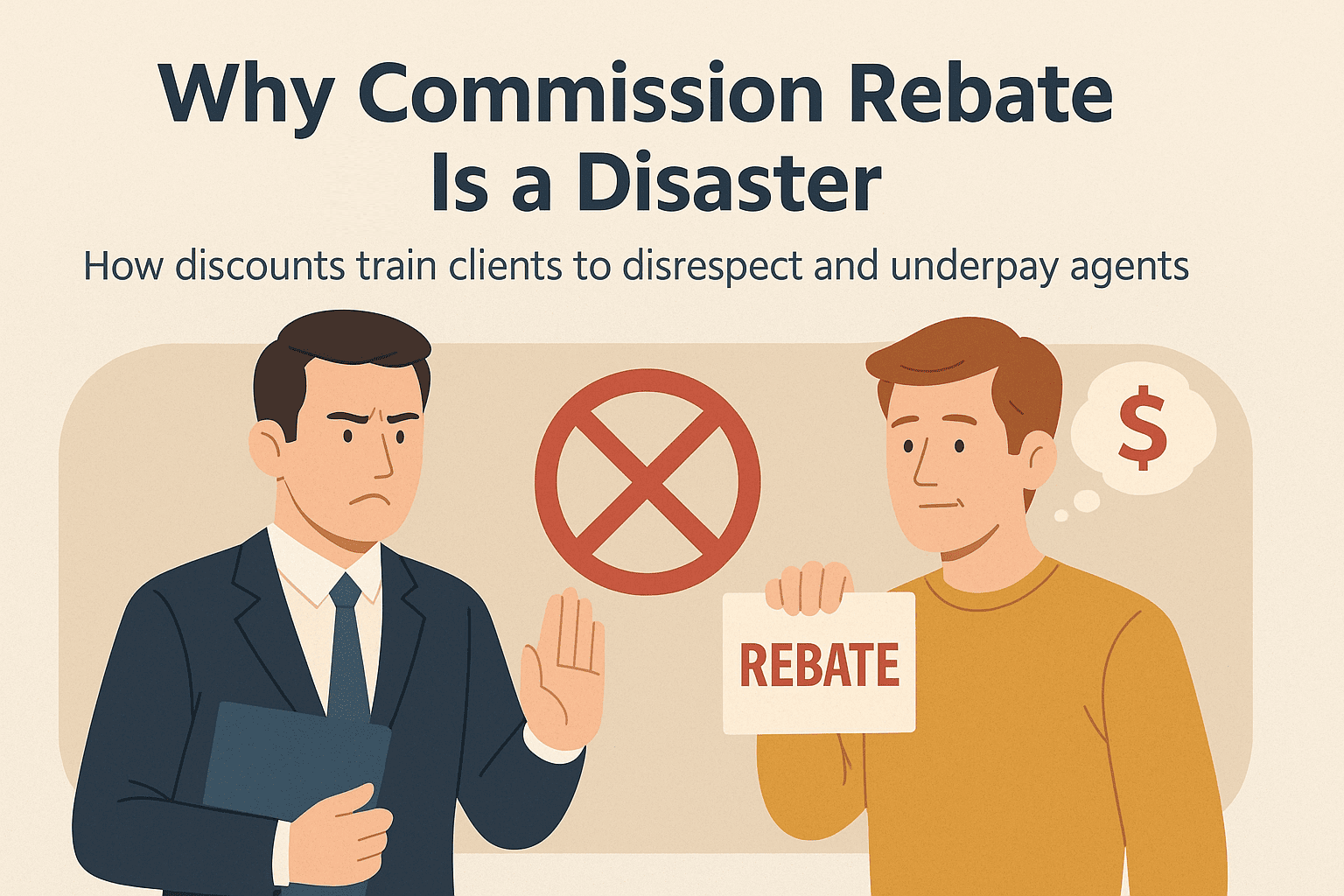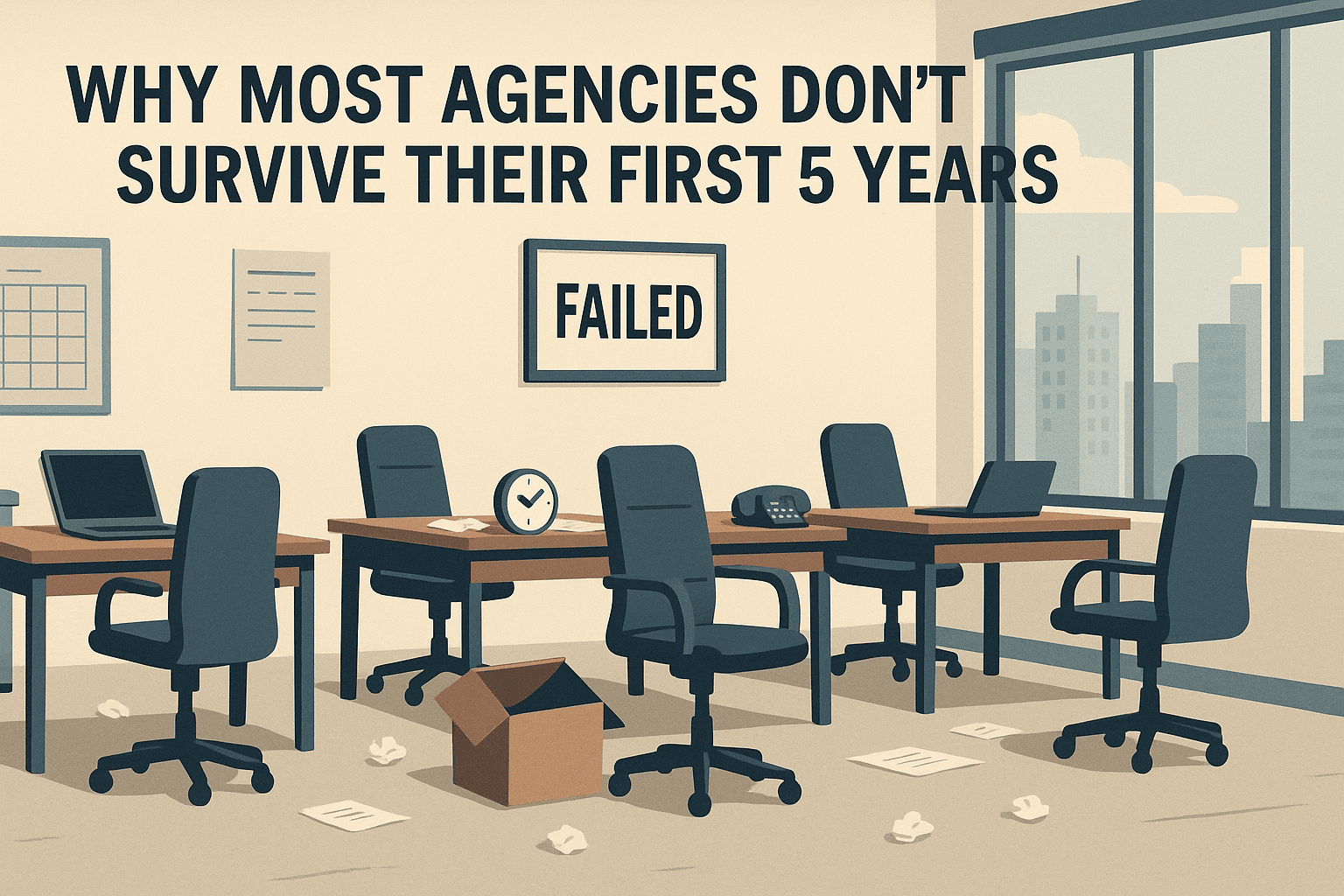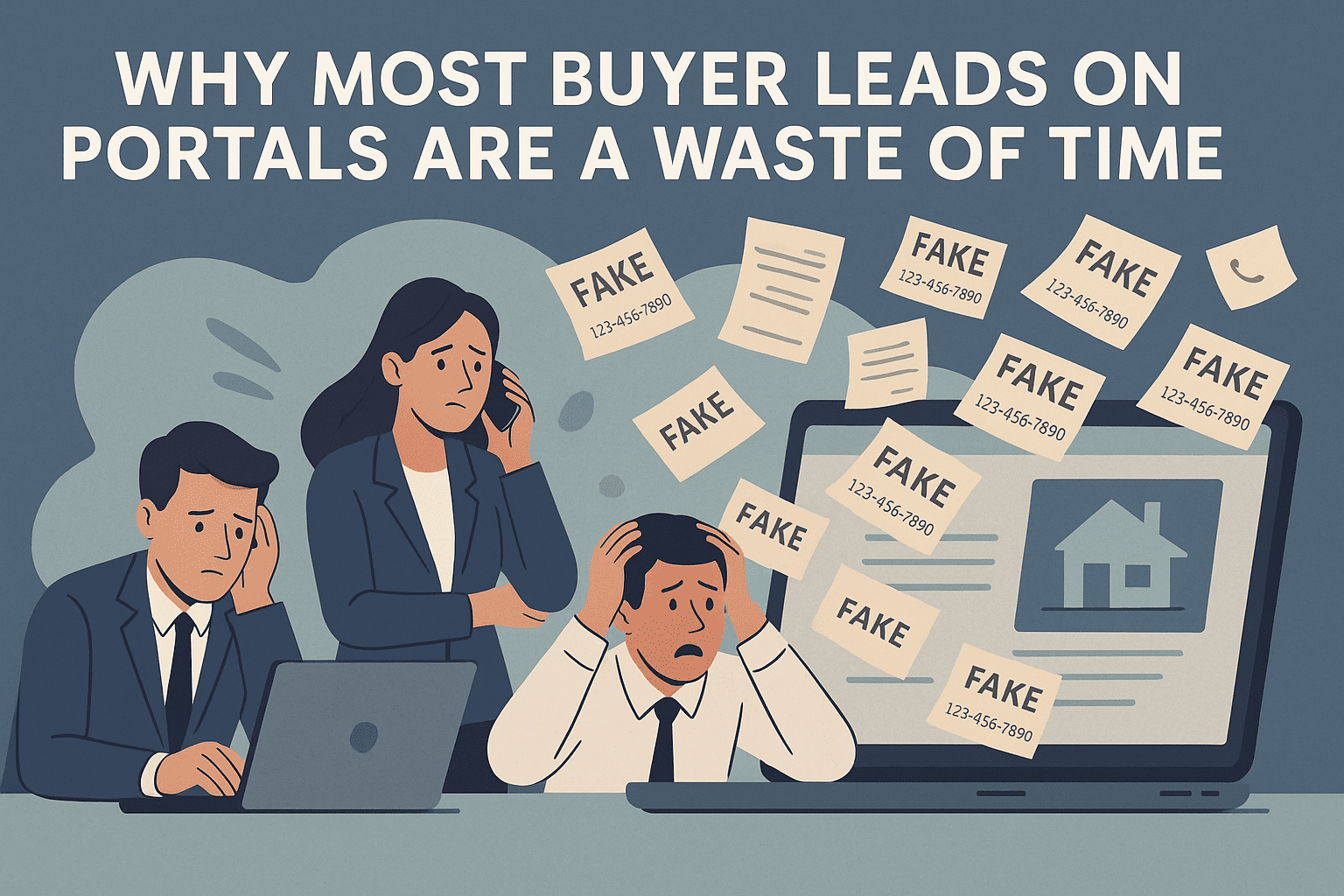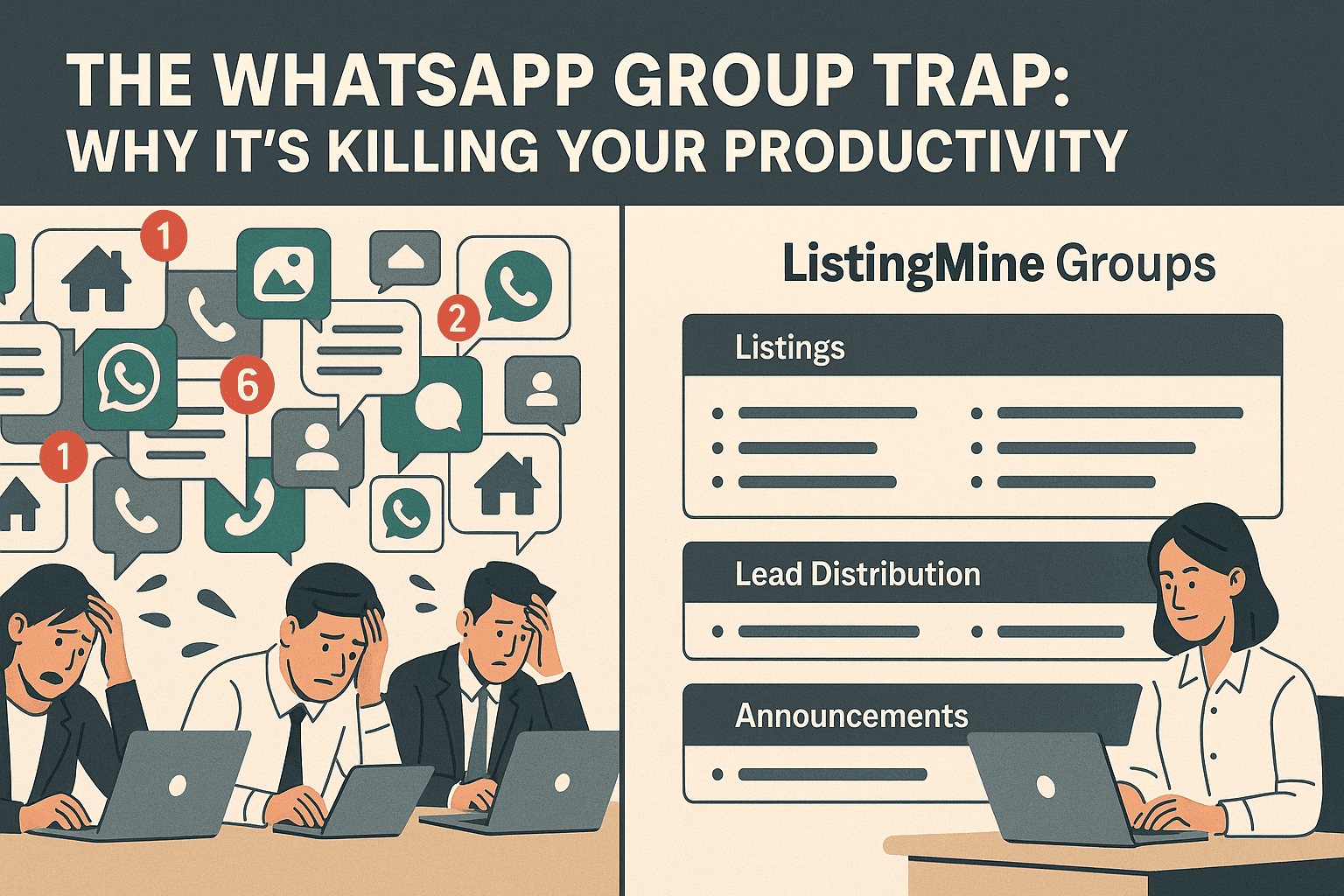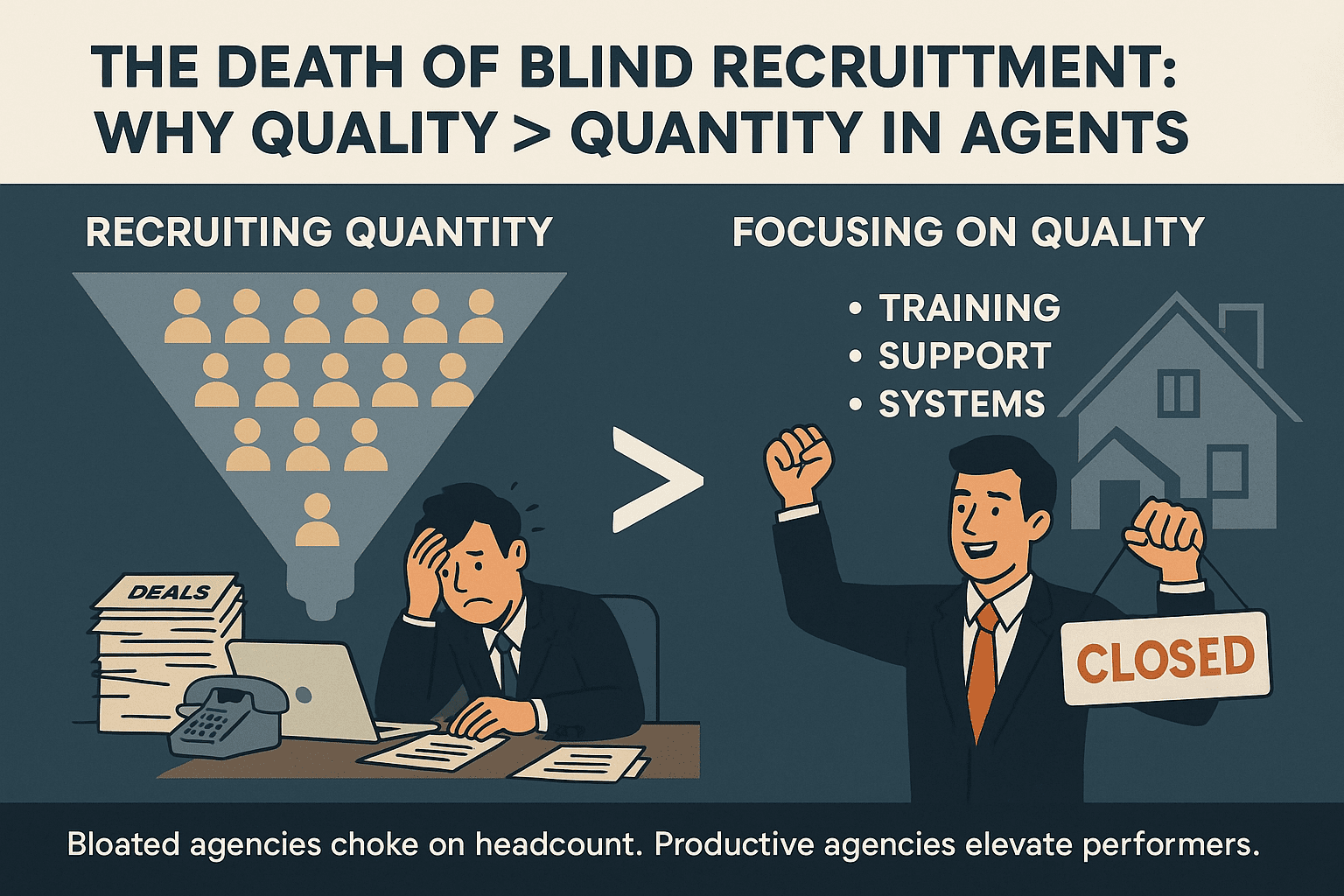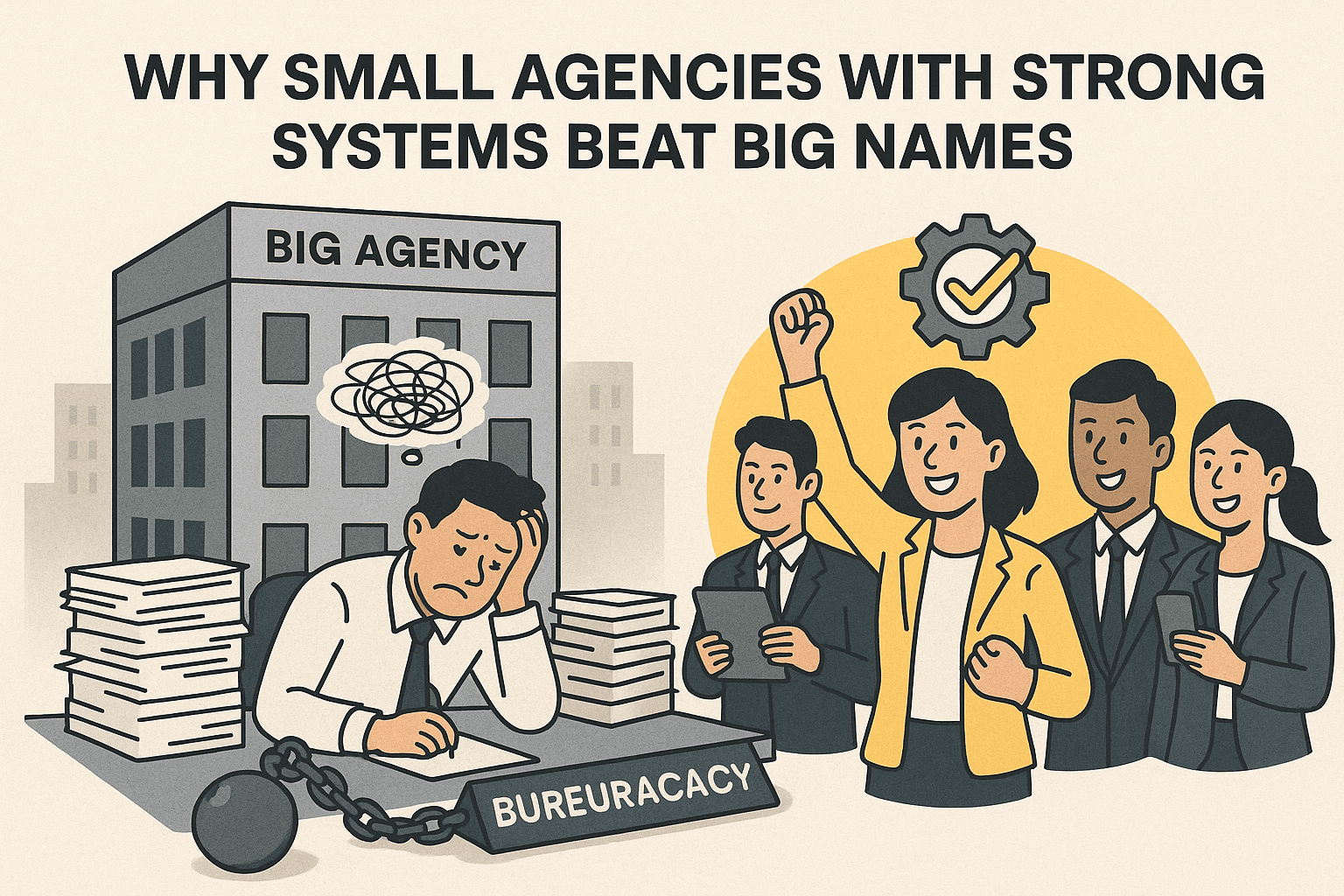The Integration Paradox: Why Renovation Resists the Agency Playbook
And the Smarter Way to Bridge the Gap
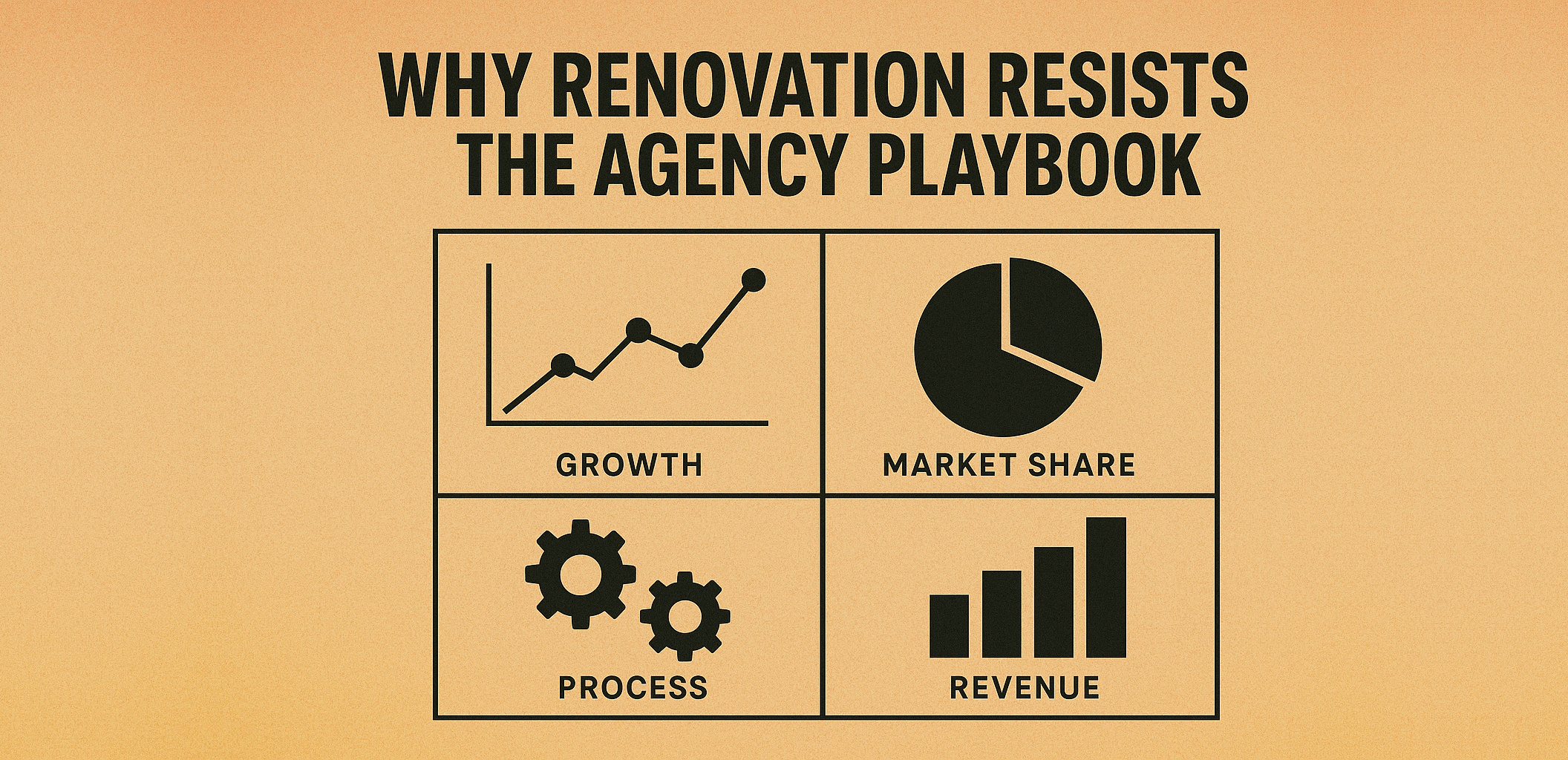
Every time a property deal closes in the Klang Valley, a new opportunity opens up.
The buyer of a subsale unit needs a new kitchen.
The investor wants to upgrade the bathrooms before renting out.
For property agencies, renovation looks like the perfect value-added service — a natural, lucrative extension of the core business.
Yet attempts to systemise it almost always end in frustration.
Why is an industry so full of opportunity nearly impossible to integrate with the streamlined CRMs and processes that run a modern agency?
The answer exposes the limits of a one-size-fits-all tech playbook.
1. Transactional vs Bespoke: A Tale of Two Models
Modern real estate runs on a transactional model.
A property has a price, built-up area, and location.
A loan has an interest rate and tenure.
These quantifiable, standardised data points fit neatly into software.
That predictability enables portals, CRMs, and automated workflows to exist.
Renovation, by contrast, operates on a bespoke project model.
It isn’t a product; it’s a high-touch service where scope is fluid, quality subjective, and success depends on managing countless human and material variables.
It doesn’t have a “system” because it is, by nature, a system rebuilt from scratch for every project.
2. The “Infinite Catalog” Problem: Why Your Own Renovation Unit Is Unsustainable
The most obvious solution — building your own in-house renovation team — leads to an operational abyss known as the Infinite Catalog Problem.
Imagine you invest heavily to create your own unit.
You stock tiles and train a team on standard packages.
Then your first three subsale clients arrive:
- Client A wants a Moroccan tile from Pinterest.
- Client B requests a smart-home system you’ve never installed.
- Client C brings a sink they bought on Taobao.
You can’t hard-sell a limited menu to a client with an infinite imagination.
The subsale market thrives on infinite customisation, not volume.
You’ll lack the inventory, the specialised knowledge, and the bulk-buying power to stay competitive.
The economics simply collapsed.
3. The Referral Trap: Why Commissions and Marketplaces Fail
If in-house doesn’t work, what about a partner network or referral model?
That’s where things fall apart — as seen in the downfall of Kaodim, once the most ambitious renovation platform in Malaysia.
The model fails for two fatal reasons:
- Liability Without Control – You recommend a contractor but have no real authority over quality, timeline, or cost. When things go wrong, it’s your reputation on the line. You inherit all the liability, none of the control.
- Platform Leakage (the Undercut) – You introduce a client for a small job, earn a token referral fee, and then the next RM 50,000 renovation is arranged directly. The agent is cut out entirely.
Any model built on finder’s fees collapses because it incentivises both sides to bypass the middle.
4. The Data Isn’t Missing — It’s Trapped
It’s a misconception that renovation lacks data.
In reality, it’s overflowing with it: detailed Bills of Quantities, architectural drawings, supplier invoices, and material SKUs.
The issue is that this data is unstructured and trapped inside PDFs, spreadsheets, and endless WhatsApp chats.
There’s no industry-wide schema or API for “project completion status.”
Without a standardised digital language, no ERP or CRM can track, automate, or reconcile the workflow.
This is the technical wall that stops true integration.
5. The Way Forward: Dominate a Niche, Don’t Drown in the Whole
If in-house is a money pit and referrals are a trap, the solution is a strategic retreat from the “full-renovation” fantasy. The Integration Paradox isn’t solved by fighting chaos, but by sidestepping it.
The winning move is Niche Dominance.
Stop trying to be a general contractor. Become the undisputed expert in a few specific, low-variation, high-necessity services every new homeowner needs.
The “Controlled Catalog” Advantage
- Focus on services with predictable SKUs and repeatable installations.
- These are domains where you can ensure quality, train your team, and systemise delivery.
- Ideal, systemisable niches for agencies:
- Home Infrastructure: Air-conditioning, water filtration, broadband & Wi-Fi setup.
- Security & Safety: Door grilles, alarm systems, smart locks.
- Essential Upgrades: Ceiling fans, lighting installation, basic plumbing fixes.
Why This Model Works
- It’s Systemisable – You can create fixed-price packages (e.g., a 2 HP inverter air-cond or a 3-tier water filter). These can be templated in your CRM and sold like a product.
- It Builds Real Expertise – Your team becomes true specialists. Clients trust you because you’ve done hundreds of identical installations for similar units.
- It Solves the Undercut – The value is in the installation and guarantee. You’re not “referring” a contractor; you are the service provider. There’s nothing to bypass.
- It Manages the Client Workflow – For custom carpentry or furniture, you guide clients clearly:
“We’ll handle all your essential systems. For custom items, here’s a brief and vetted supplier list — you’ll manage that part directly.”
This boundary keeps your role clear, your brand professional, and your operations profitable.
Final Thought
The future of value-added services in real estate won’t come from a magic app that “solves” renovation.
It will be driven by agencies that abandon the one-stop-shop myth and master a systemisable niche.
Stop trying to be a mini-renovation company.
Start building a reputation as the go-to expert for essential home systems.
Own the air they breathe, the water they drink, and the security of their home.
That’s not chaos — that’s a defensible, scalable business.

